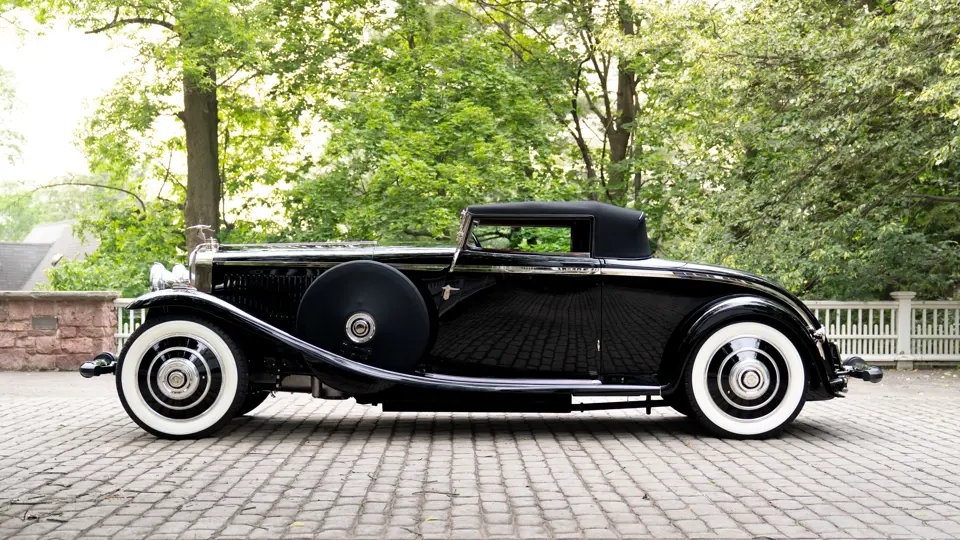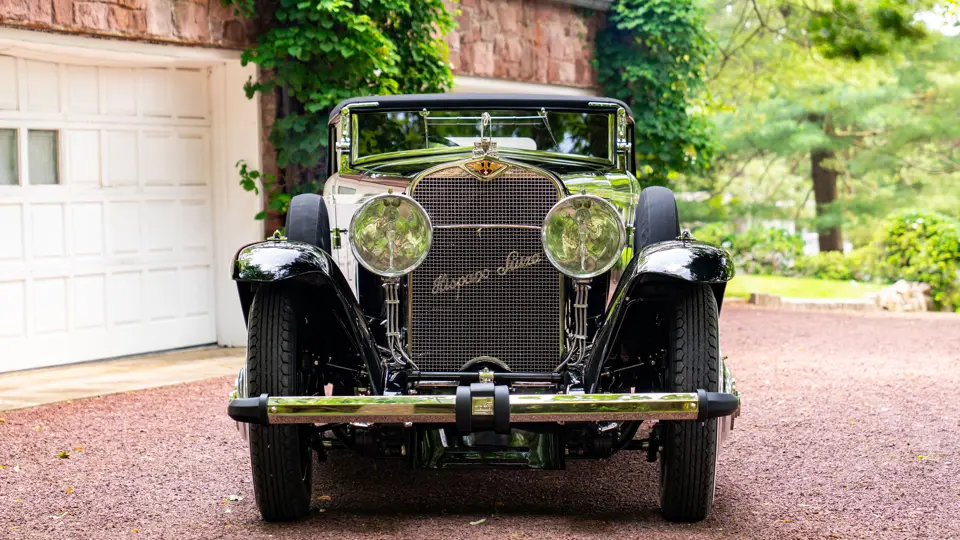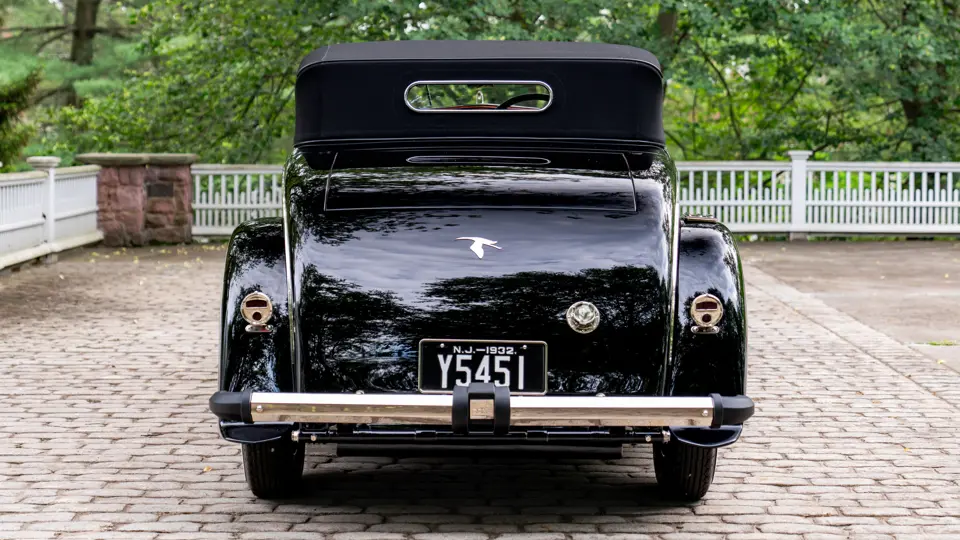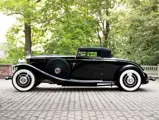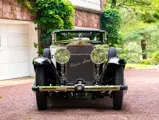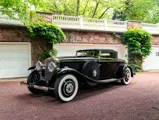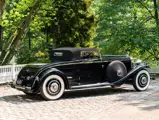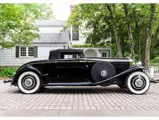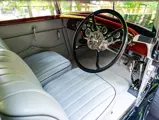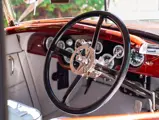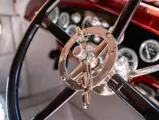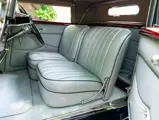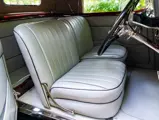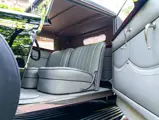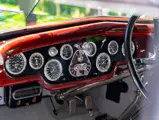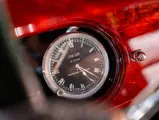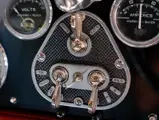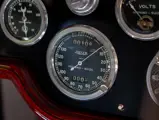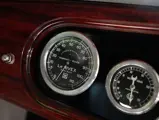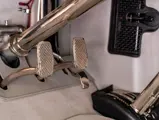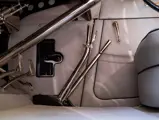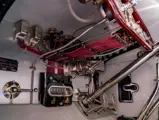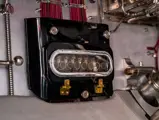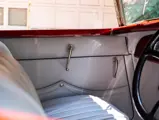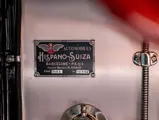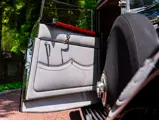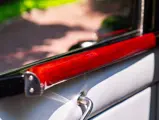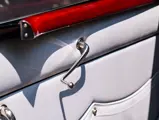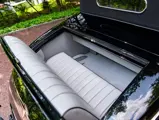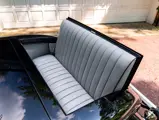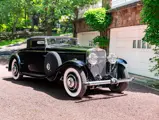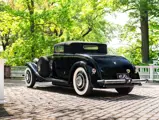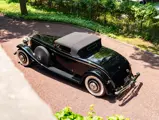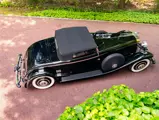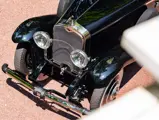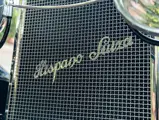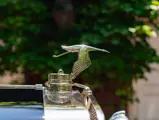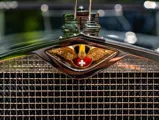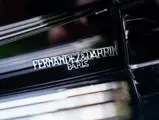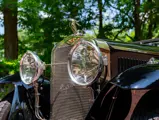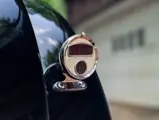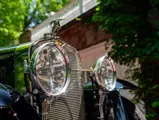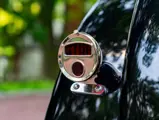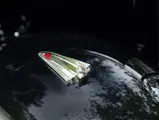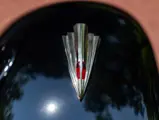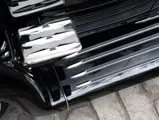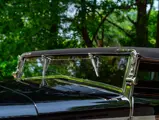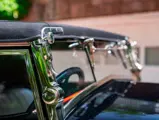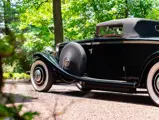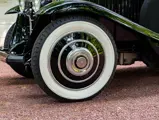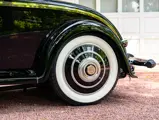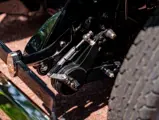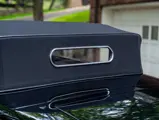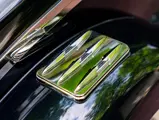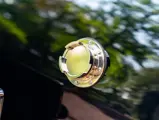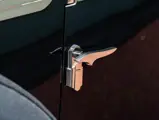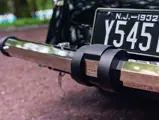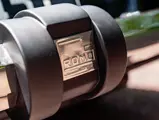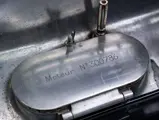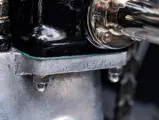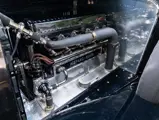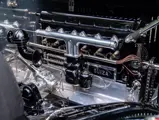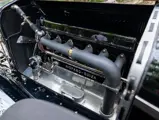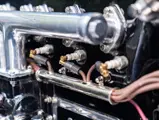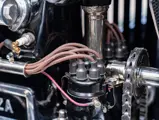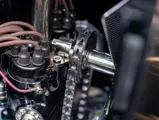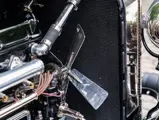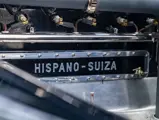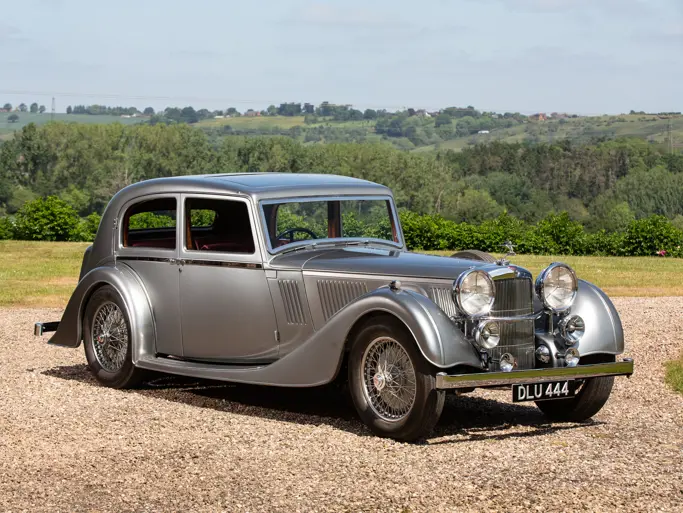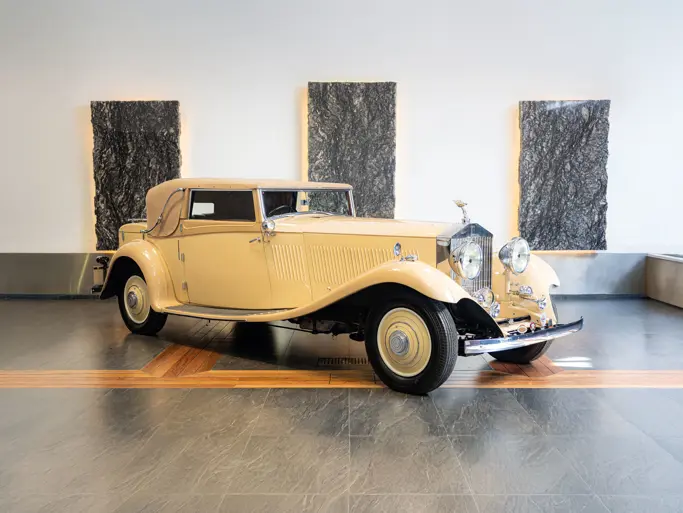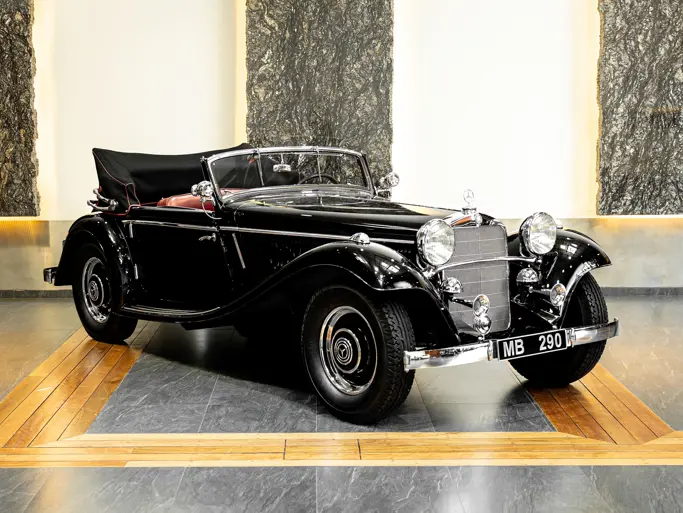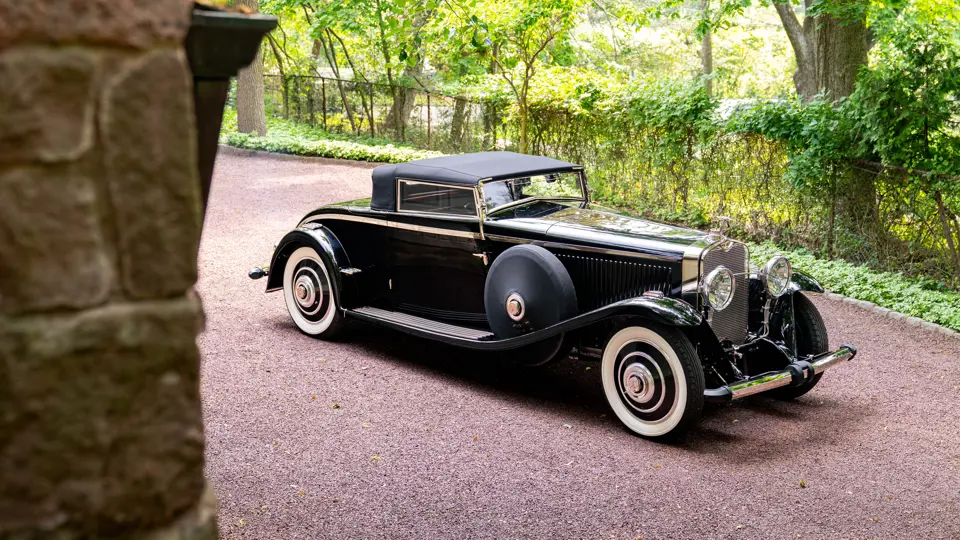
1923 Hispano-Suiza H6B Cabriolet by Fernandez et Darrin
{{lr.item.text}}
From The Sam and Emily Mann Collection
{{bidding.lot.reserveStatusFormatted}}
- Exceptionally beautiful coachwork, with a fascinating story
- Mounted on one of the finest European performance chassis of its generation
- First in Class, 2024 Pebble Beach Concours d’Elegance
- Still in recently restored condition and eligible for numerous other concours events
- A Classic Car Club of America (CCCA) Full Classic
THE HISPANO-SUIZA H6B
The name Hispano-Suiza translates from French to “Spanish-Swiss,” which is appropriate, as this superb French automobile was born from the genius of Swiss engineer Marc Birkigt and was originally produced in Barcelona, Spain. However, it would be the Hispano-Suizas built in France that became most legendary. In particular, the H6B sported an aircraft-derived six-cylinder engine, employing machined steel cylinders with integral combustion chambers in a cast aluminum block, with two valves per cylinder driven by a single-overhead camshaft and a pressure-lubricated crankshaft turning on seven main bearings. The engine produced truly impressive torque and smoothness, matched by a chassis with unique, patented, highly advanced servo-assisted four-wheel brakes and custom coachwork offered by the world’s finest craftsmen.
CHASSIS NUMBER 10734
According to Hispano-Suiza historian Hans Veenenbos, H6B chassis number 10734, with engine number 300786, was purchased in June 1923 by one Albert Venot, proprietor of a large steel manufacturing company in the Nord. While the car’s original coachwork is unknown, it is believed that in 1929 Venot returned the H6B to the factory for rebuilding, perhaps due to an accident, as shown in Emile Polo’s La Hispano-Suiza. At this time the mechanical components are thought to have been updated to the latest specification. It is further believed that the present cabriolet body was fitted around 1932, by either the independent Fernandez or its successor, Fernandez et Darrin—the firm’s management being somewhat in flux at the time, as American designer Howard “Dutch” Darrin came aboard and began flavoring its designs.
Fernandez was famous in this era for the smooth lines of its cabriolet bodies, which managed to capture the featherweight spirit of a true roadster while offering weathertight tops and side windows. To this end, the designs often incorporated a sweeping curved cowl that flowed back into the doors, similar to that being employed at the time by Raymond Dietrich on American Packards, and a bold beltline trimmed in nickel-plated brass that ran fully around the car.
In the 1950s the car was discovered in a French salvage yard, and later acquired in 1955 by Edouard Bitel, a well-known collector and trader of the era. He kept the Hispano-Suiza for many years before selling it in 1989 to the Dutch partnership of Jan Bruijn and J.A. Paalman in the Netherlands. According to current owner Sam Mann, Mr. Bruijn noted that most all original mechanical parts were with the car when it was retrieved from the yard, with only a small number having to be sourced or fabricated.
Restoration sporadically continued, including rebuilding of the coachwork in Italy, with some of the body reskinned and reframed as necessary, and the original fenders restored. However, the H6B was still unfinished when sold in 2002 to the legendary Los Angeles Times chairman and collector of fine automobiles, Otis Chandler. Mr. Chandler began a ground-up restoration anew, and work continued even after the owner’s failing health forced its sale to longtime Hispanophile Jorge Fernandez of Spain. It next passed, with the restoration still ongoing, around 2008 to a collector in Southern California, and simply went into storage.
Sam and Emily Mann, longtime connoisseurs of Hispano-Suiza who have owned and restored several other highly significant examples of the marque, made the H6B their latest acquisition in 2015, and endeavored to at last return the car to its onetime glory, once and for all. The Manns collaborated with their fellow Hispano-Suiza collector Al McEwan as well as Hans Veenenbos, delving deep into the car’s history, as the original serial number plate was missing. Together, they were able to satisfy themselves as to the car’s identity as 10734. The car was noted as retaining its original early chassis, with the early-style rear axle assembly and crankcase, while the block appears to have been updated at the time of the 1929 rebuilding, albeit utilizing the original carburetor, distributor caps, and valve covers.
While no photographs were found of the car’s original 1932 presentation, surviving original sheet metal clearly confirmed the original shape of the coachwork, the original extremely low cast bronze windshield frame and folding uprights, and the convertible top. Photographs of the car as discovered clearly showed the well for the disappearing top behind the front seat, as well as fixtures for dual side-mounted spares, both of which were faithfully captured in the restoration. The body was finished in a sleek black over light gray leather interior, with full wheel covers, Marchal headlights, and all trim nickel-plated as it was originally. A second windshield for the rumble seat passengers neatly conceals under that compartment’s lid when not in use.
The spectacular result was debuted at the 2024 Pebble Beach Concours d’Elegance, and was justifiably awarded First in Class. Since that time the car has remained in the Manns’ collection, and it is offered by them today with a world of future worldwide concours opportunities open to it in the months and years to come. It is undoubtedly one of the freshest-restored, most striking examples, both of Fernandez et Darrin’s dramatic coachwork and of the superb engineering that made Hispano-Suiza so revered throughout the world.
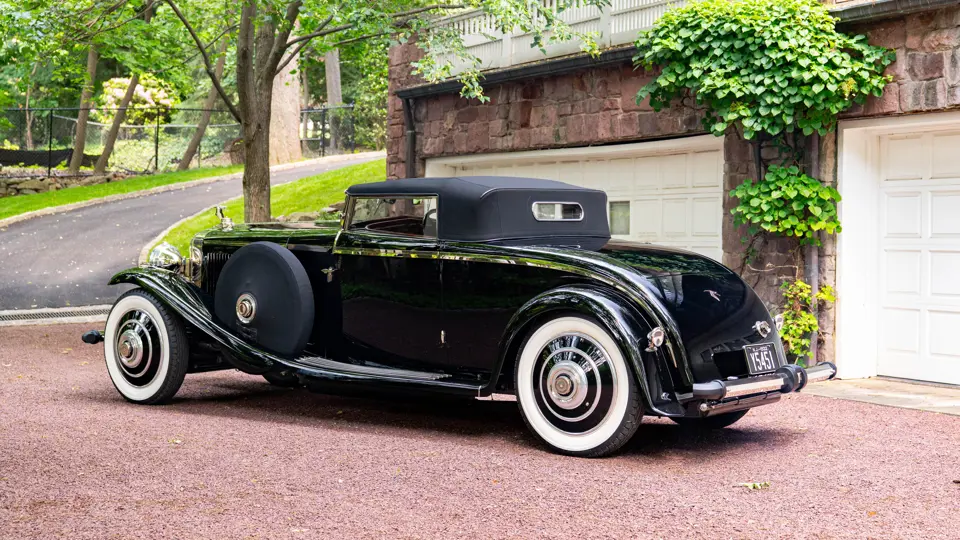
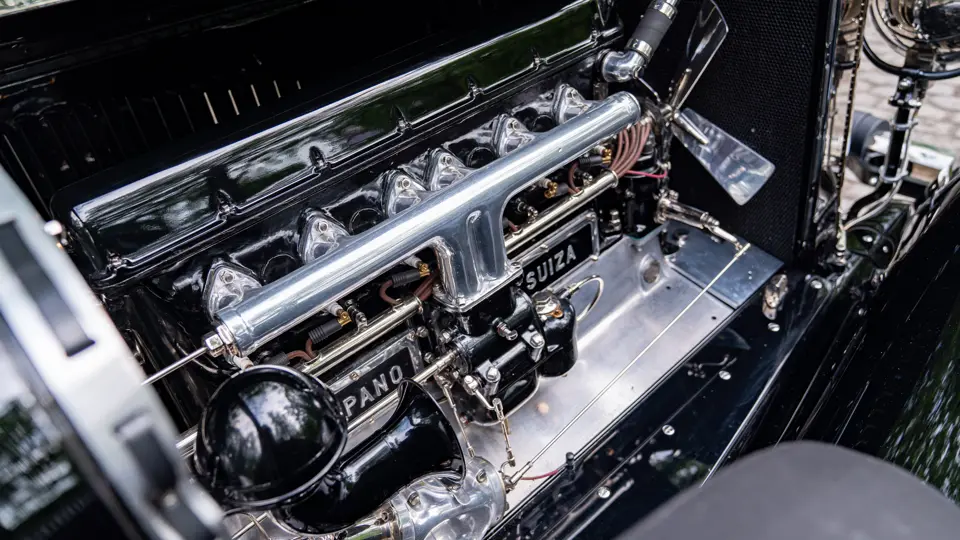
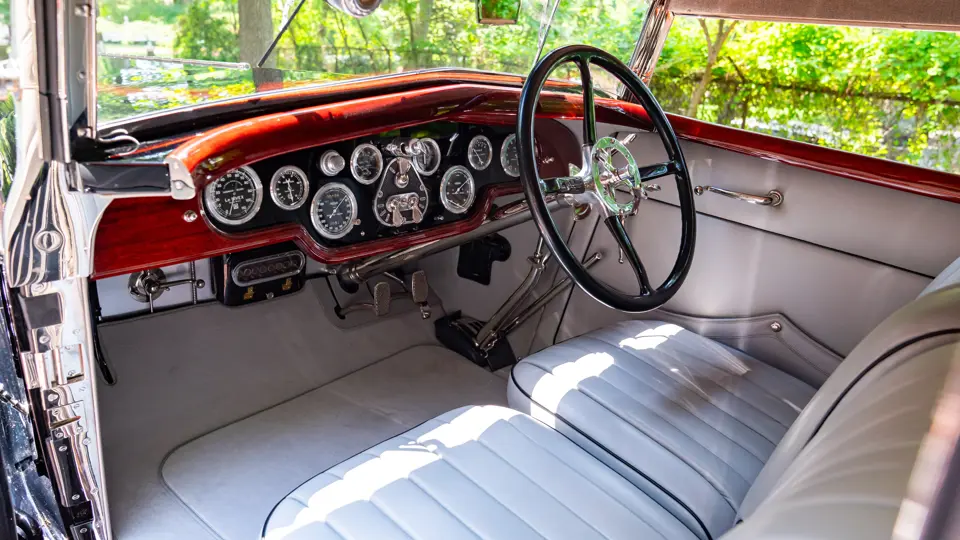

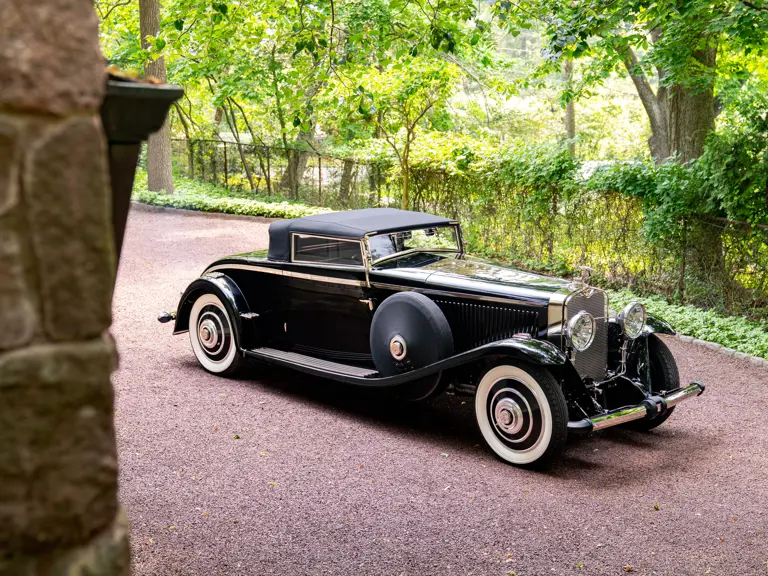
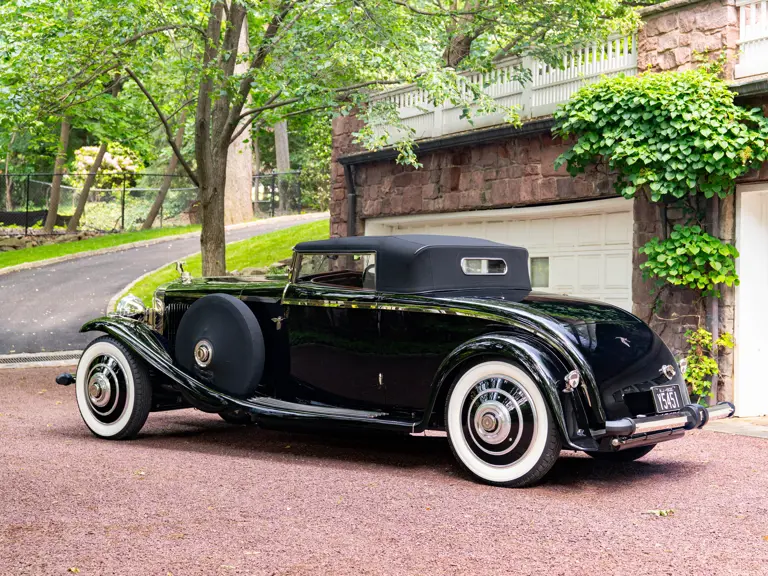
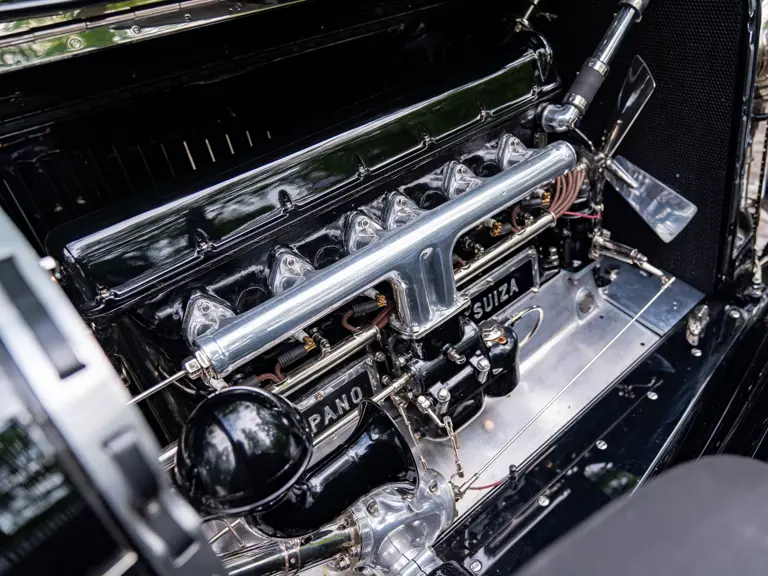
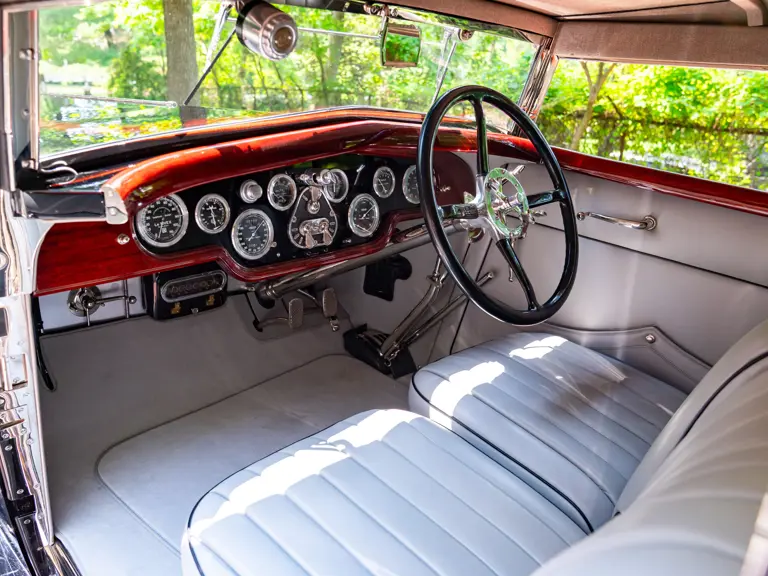
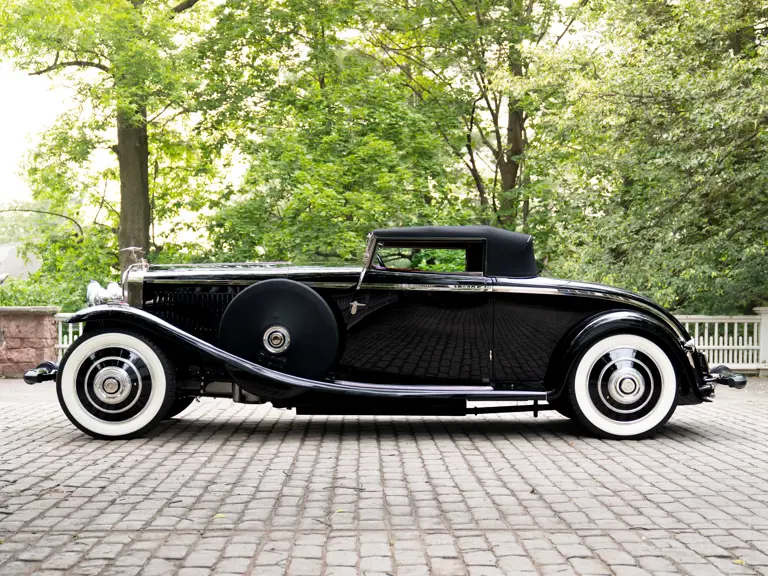
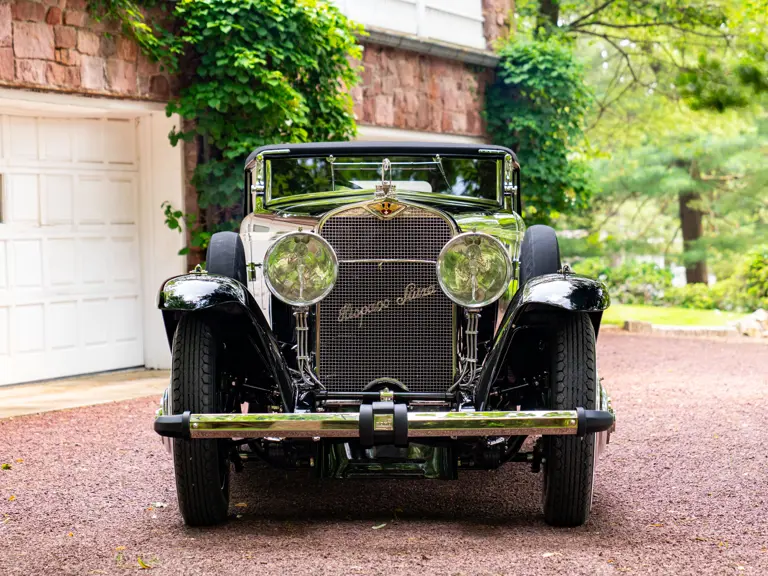
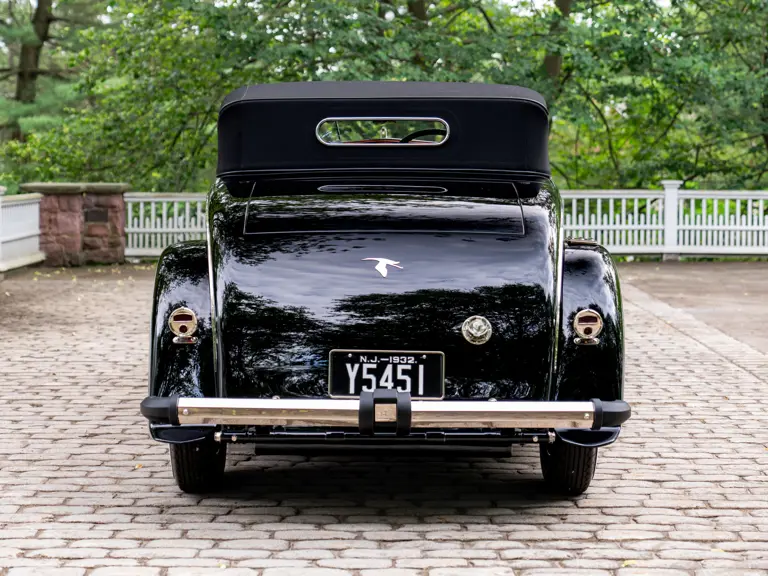
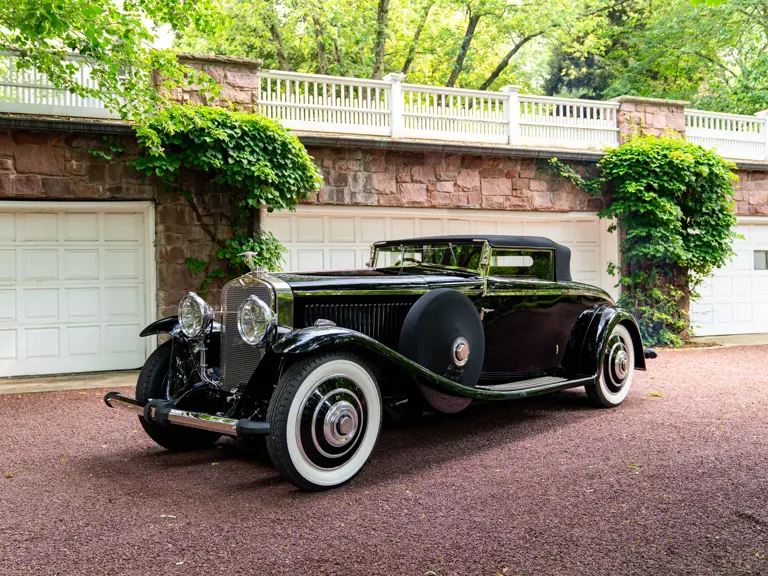
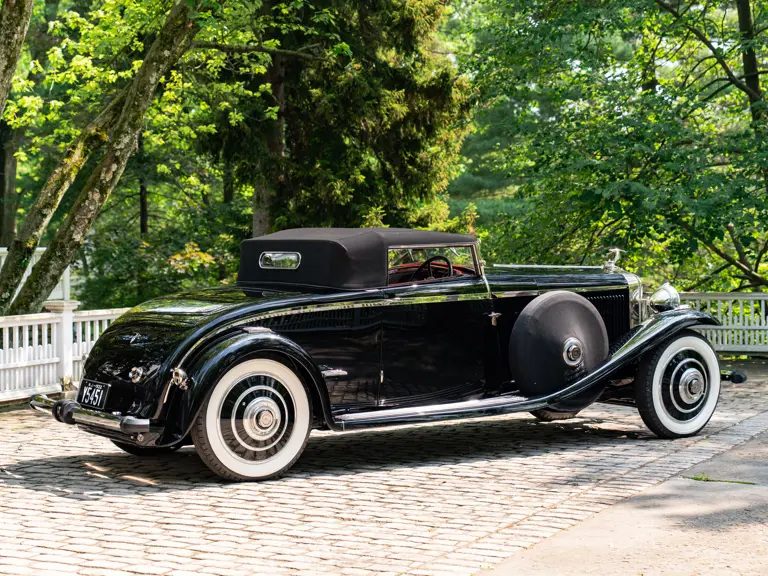
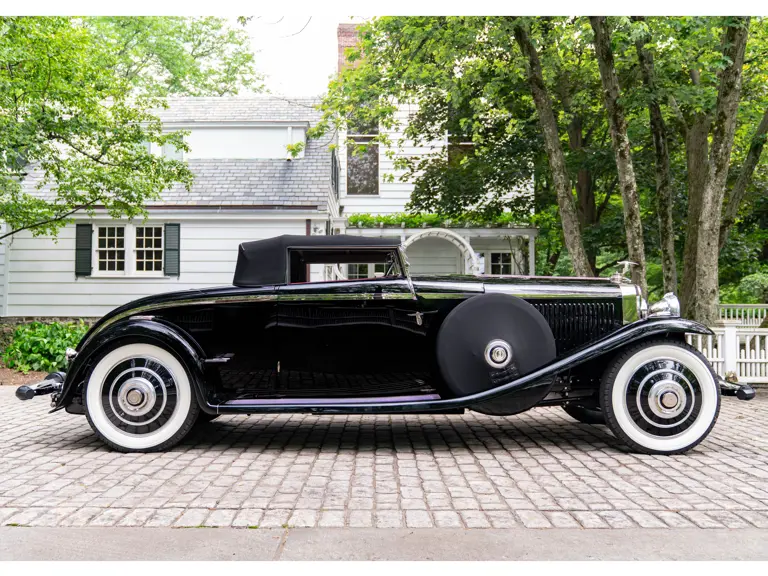
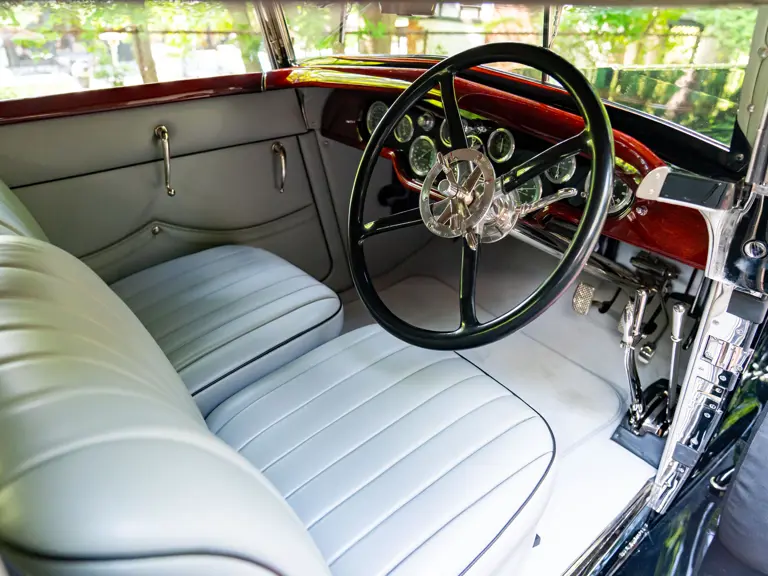
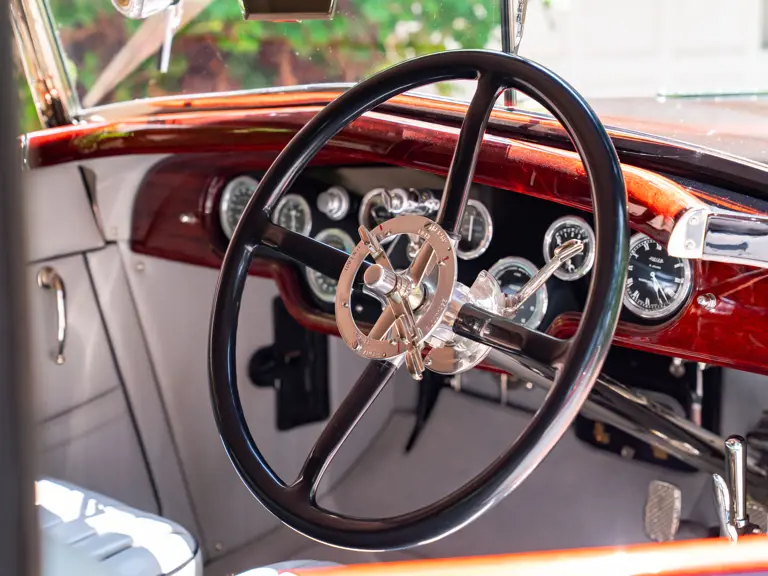
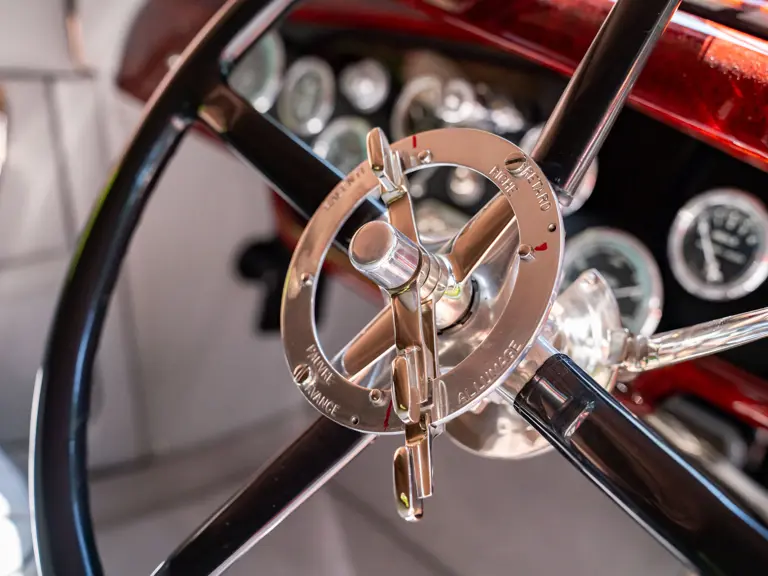
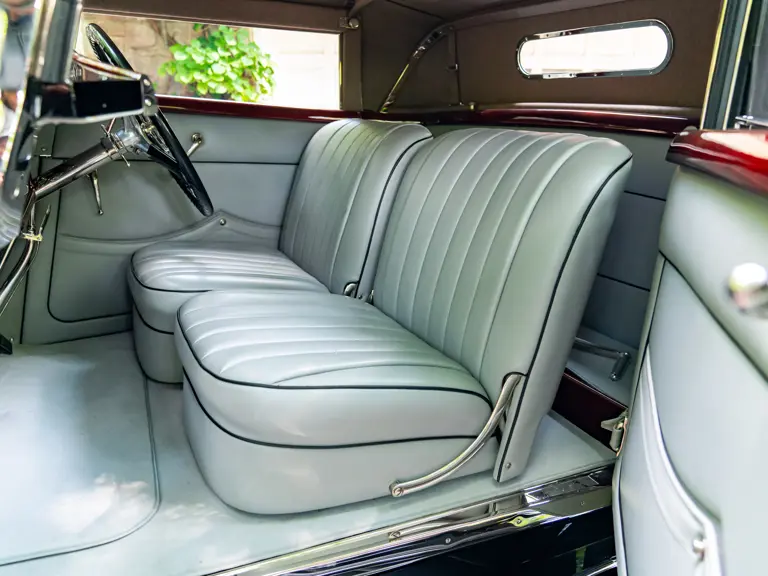
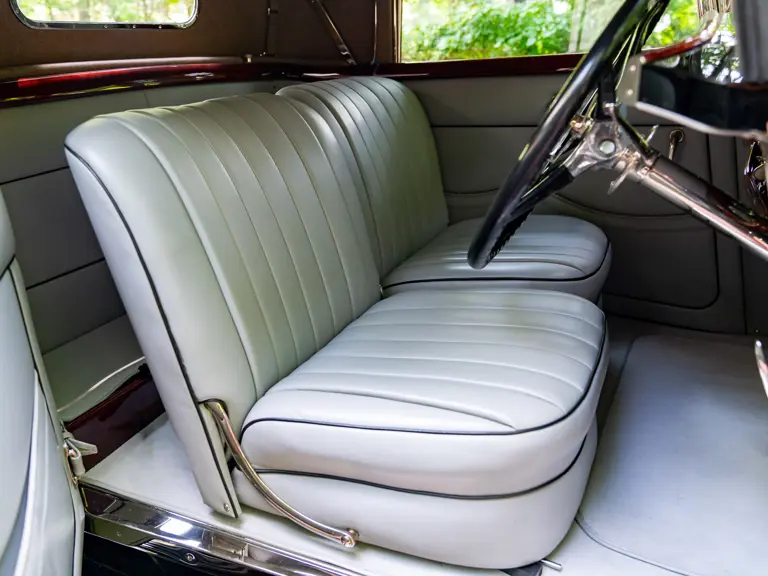
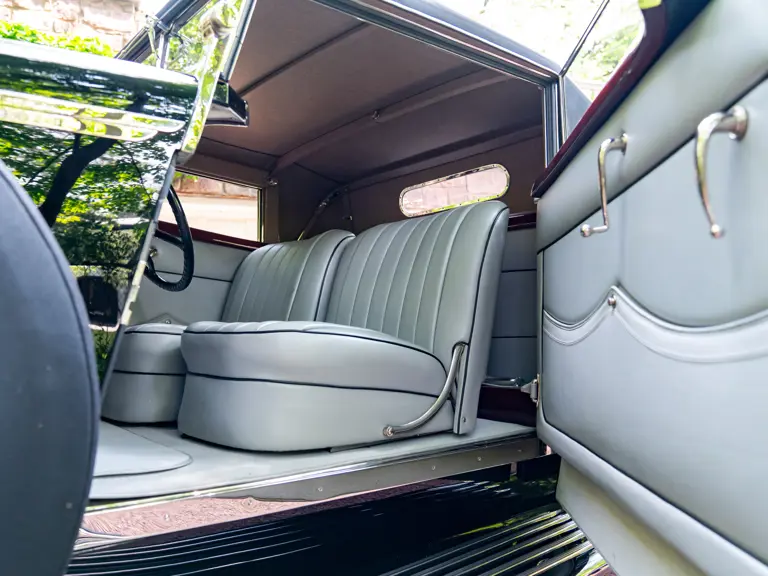
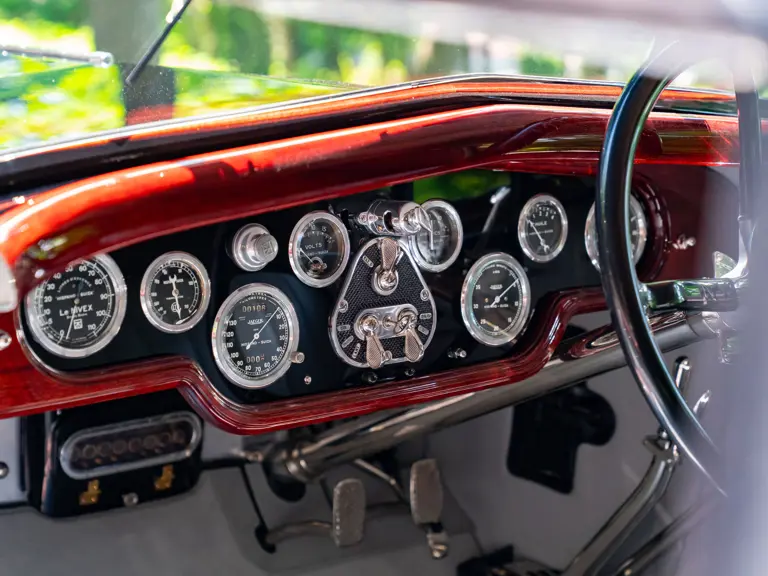
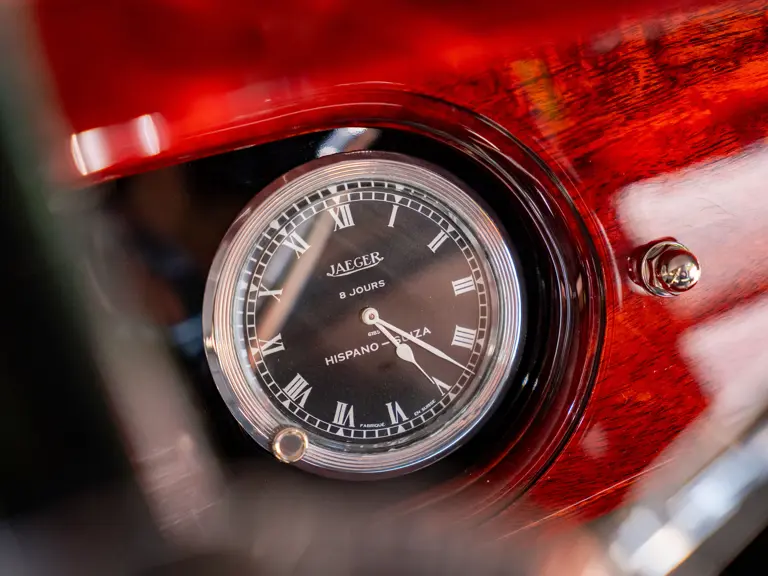

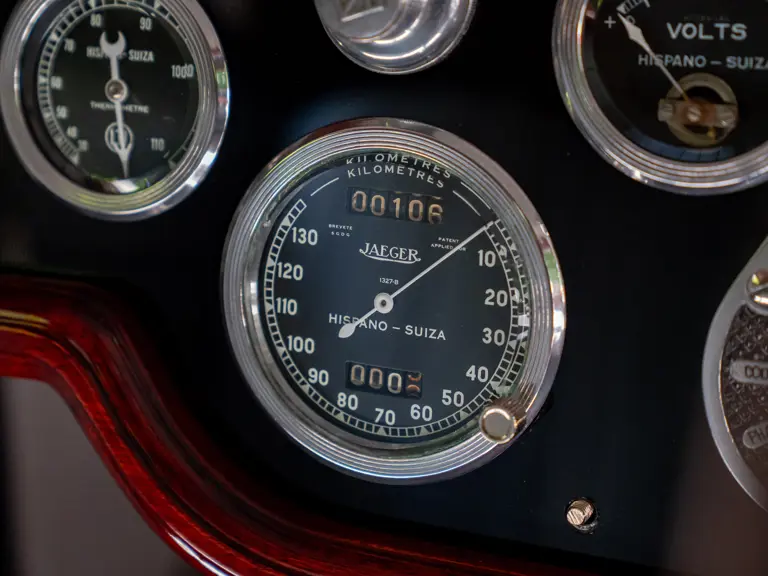
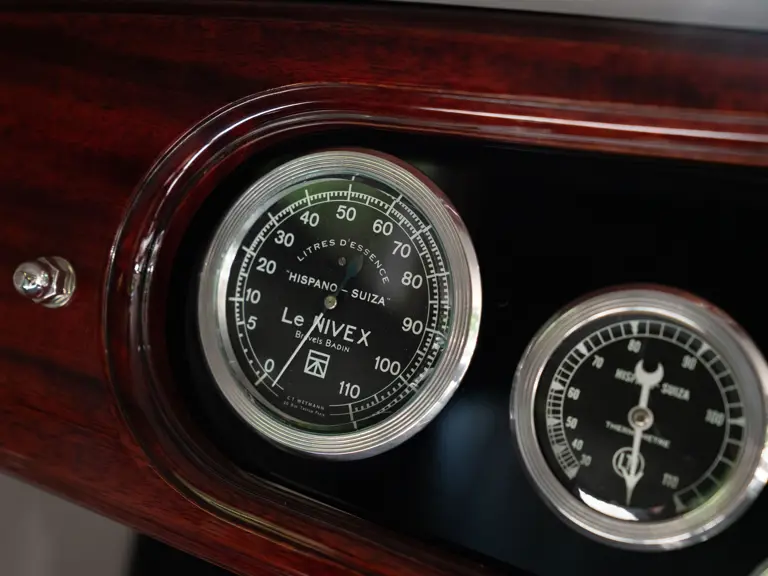
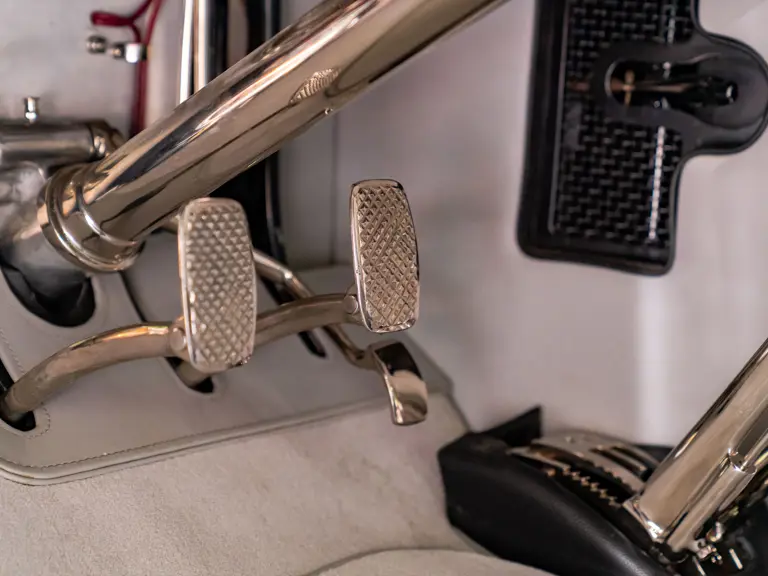
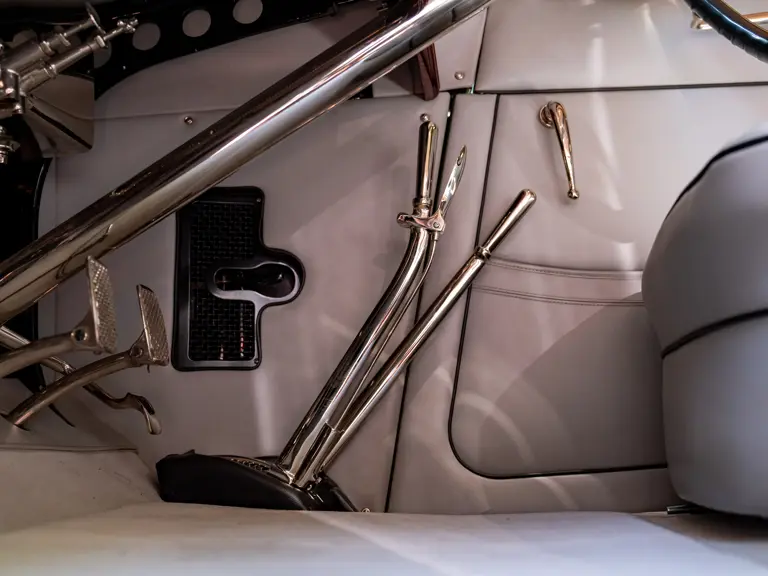
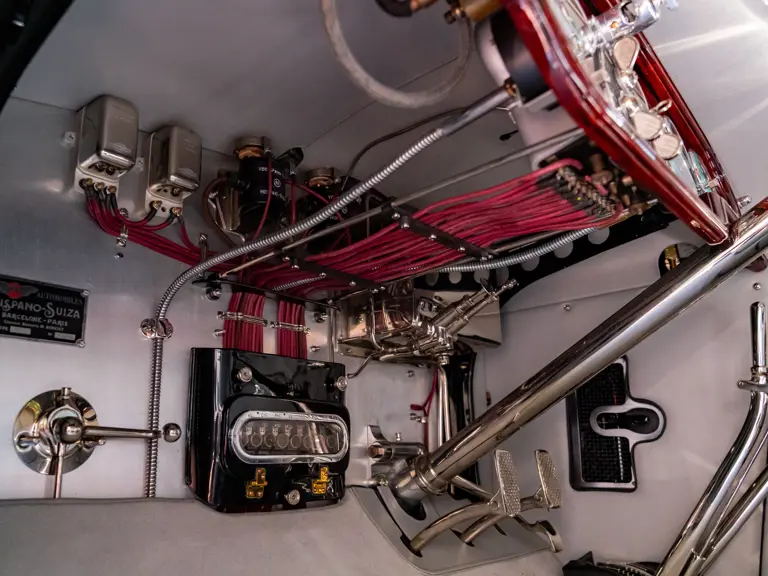
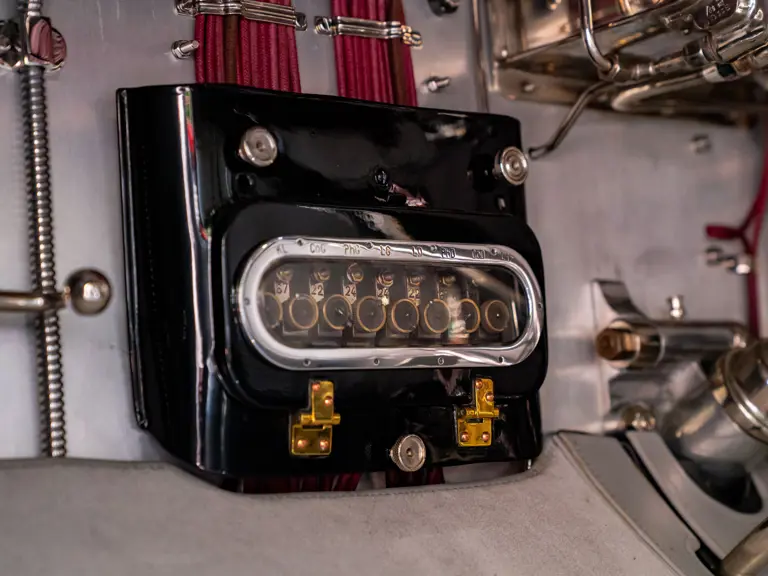
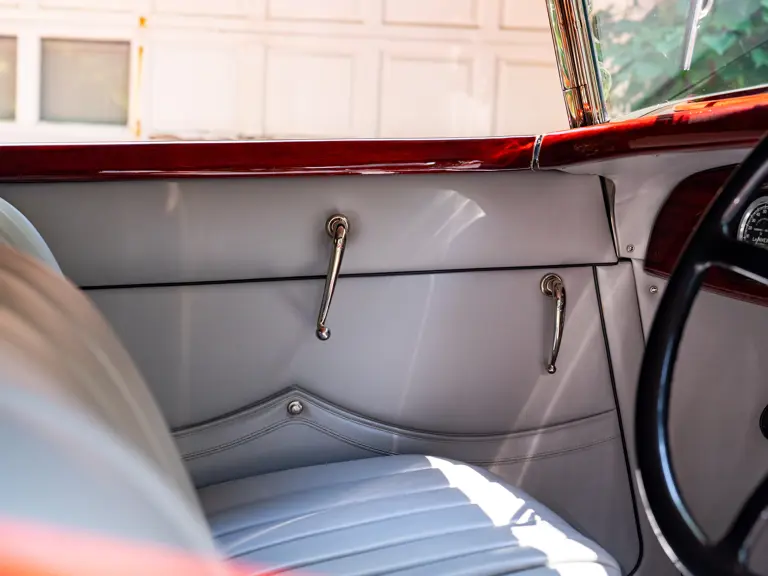
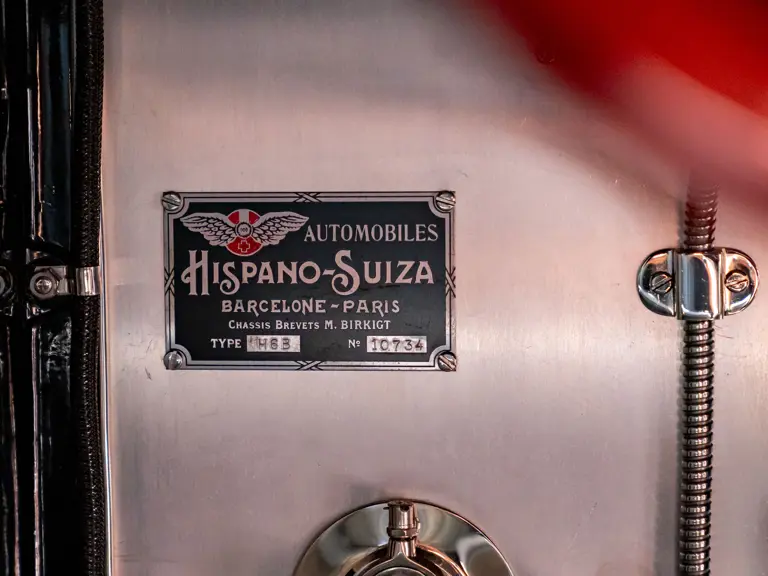
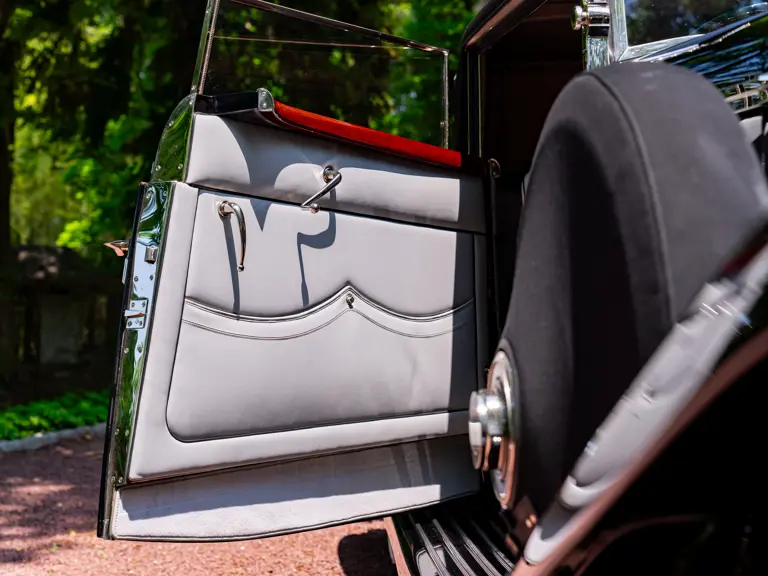
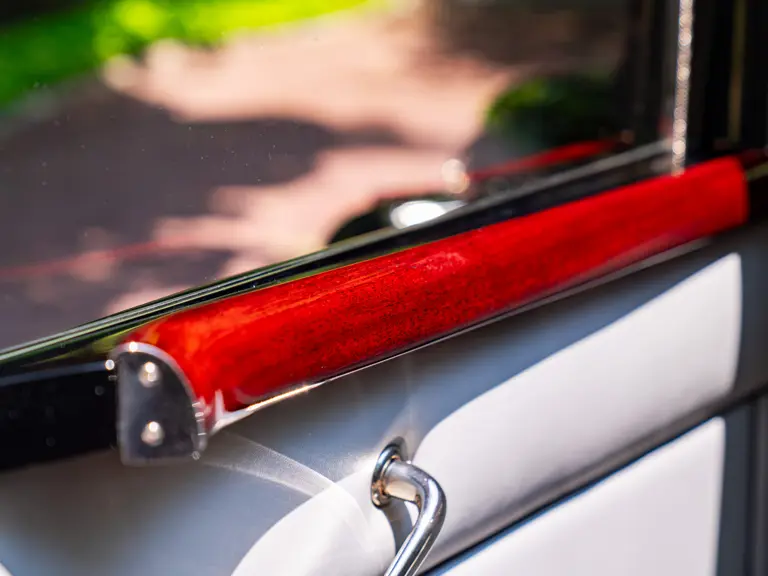
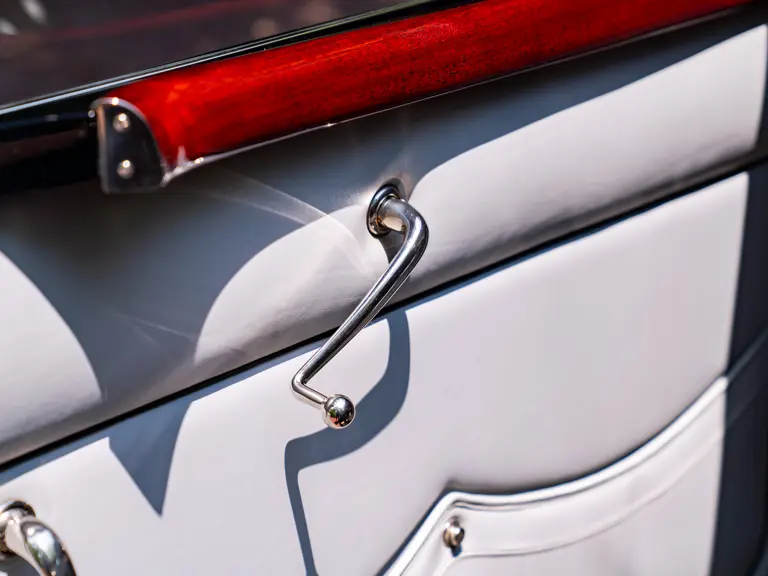
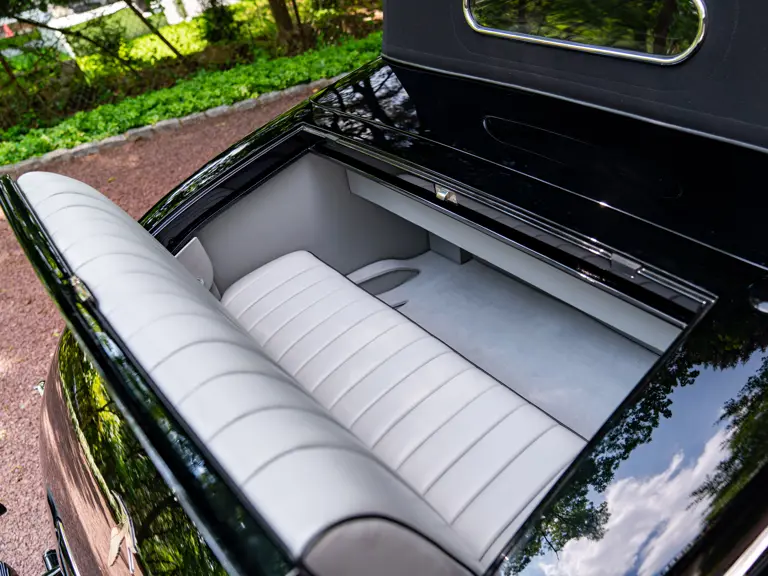
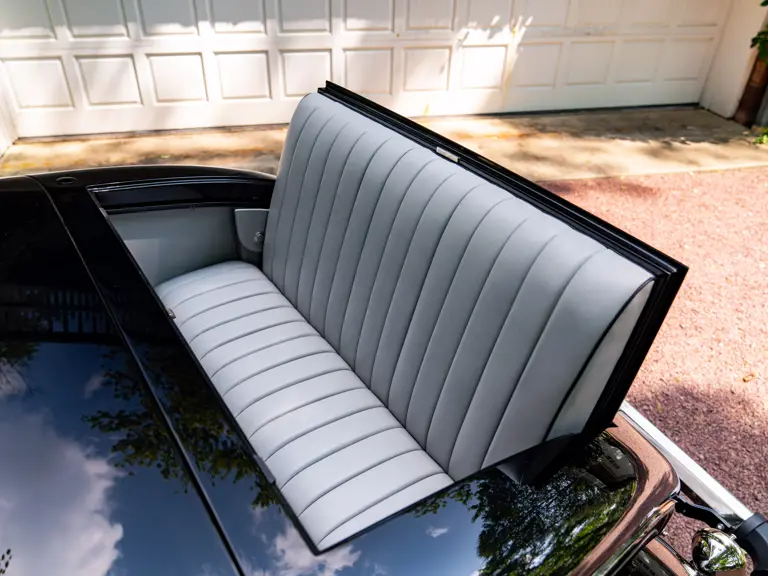
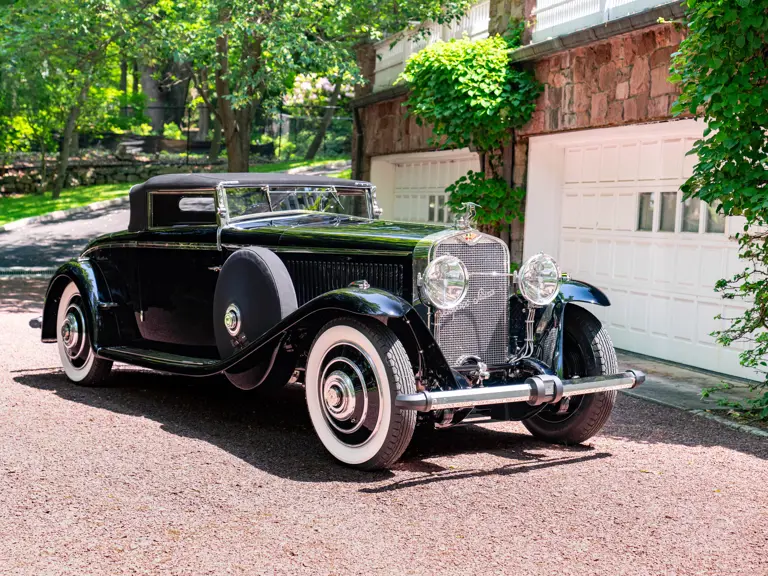
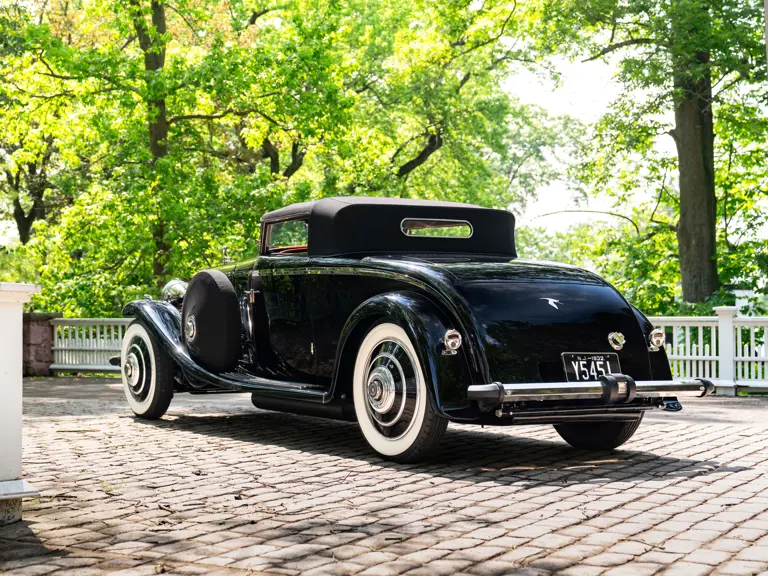
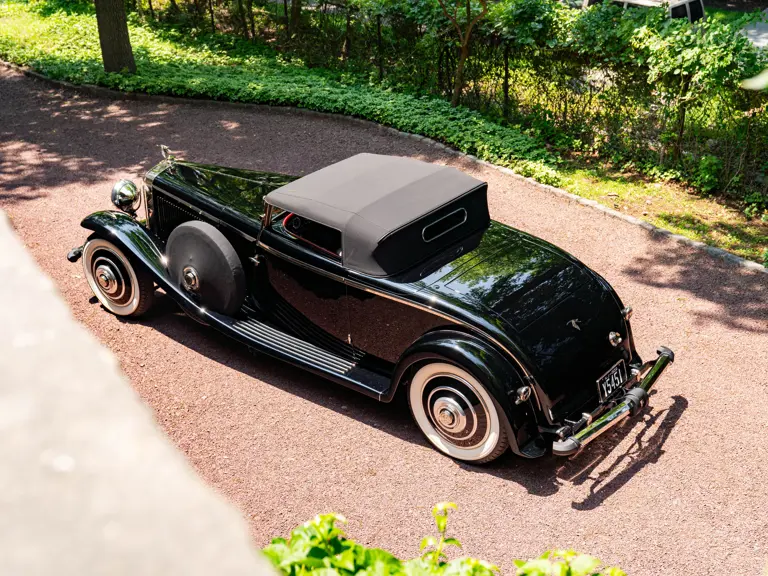
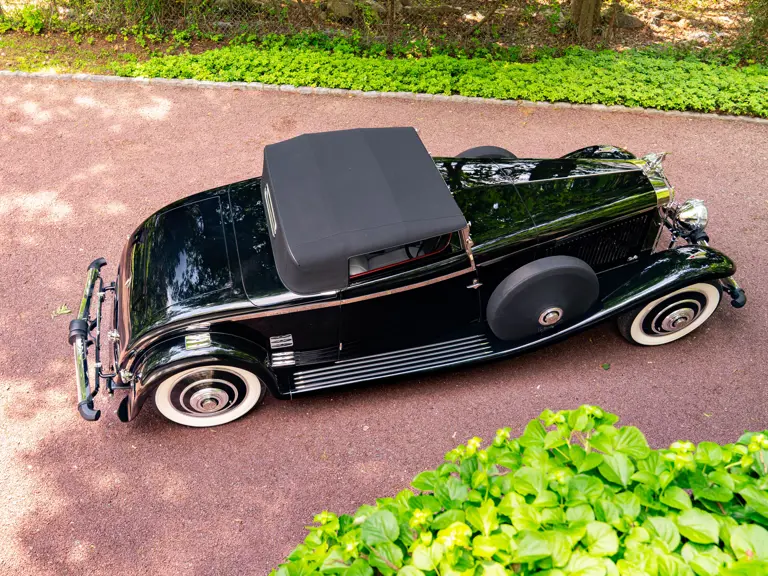
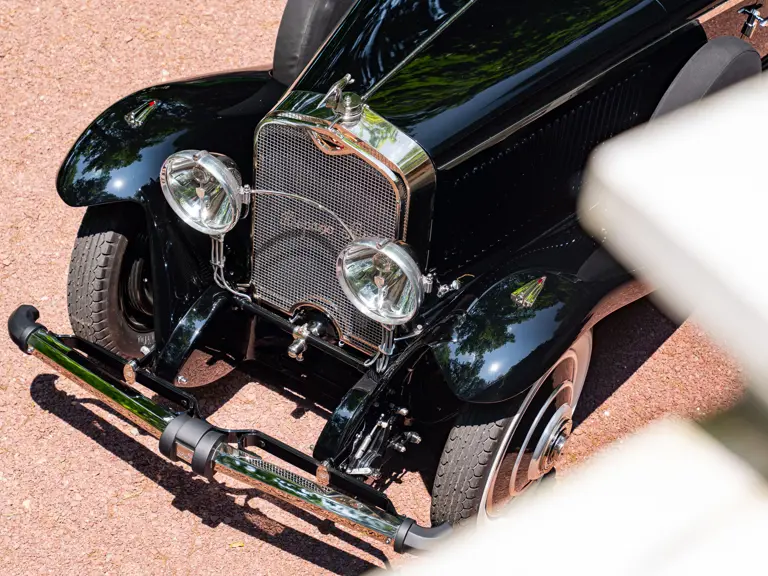
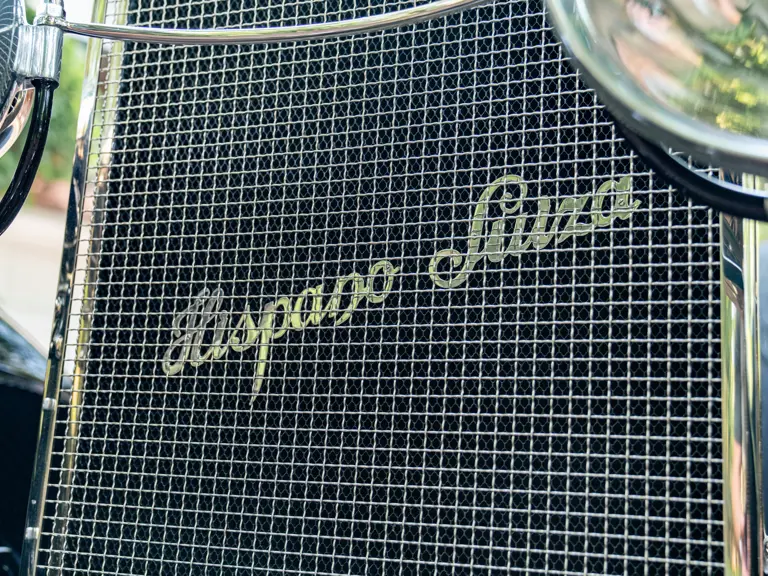
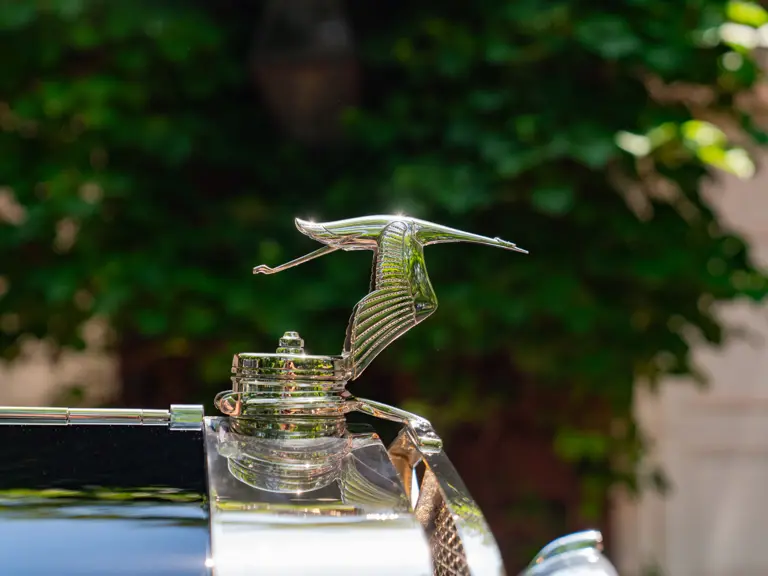
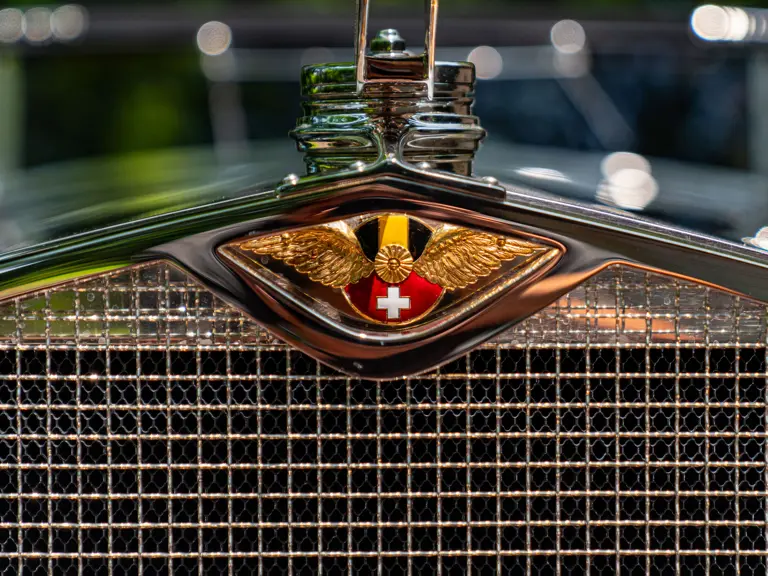
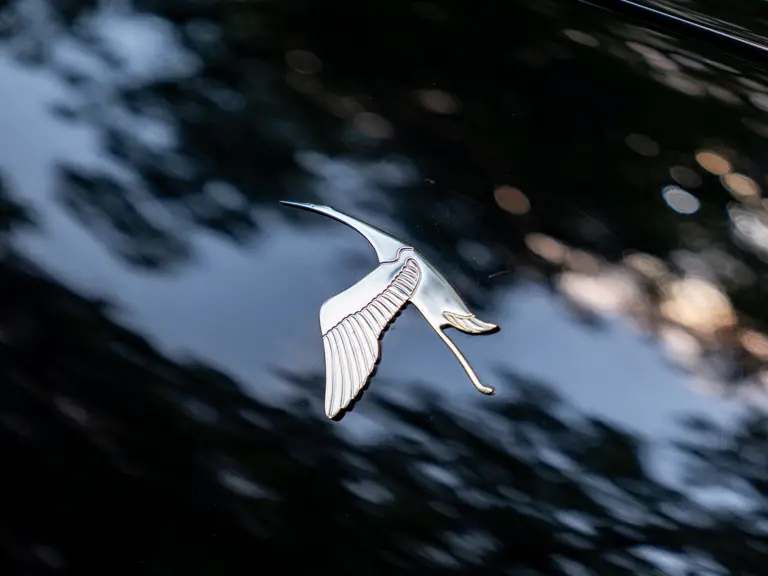
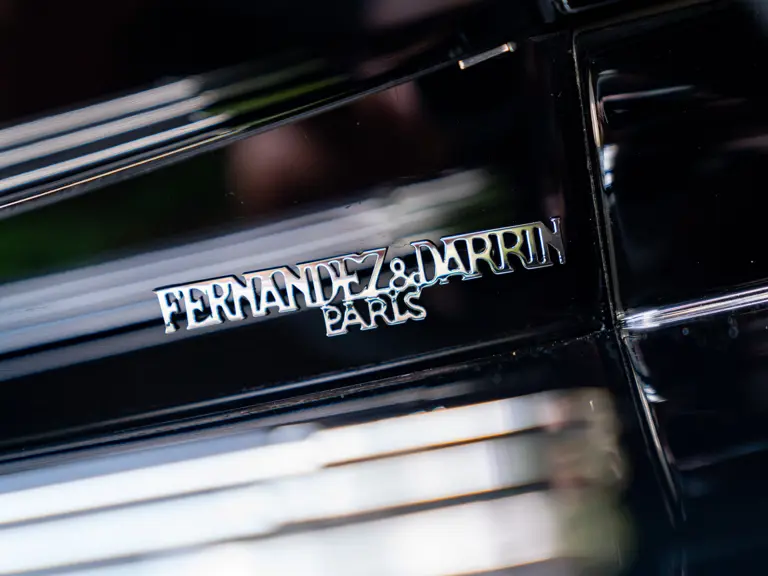

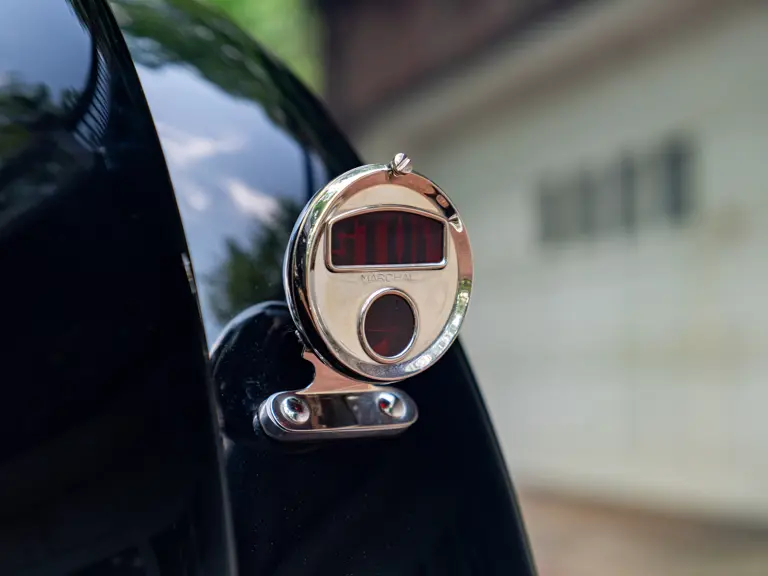
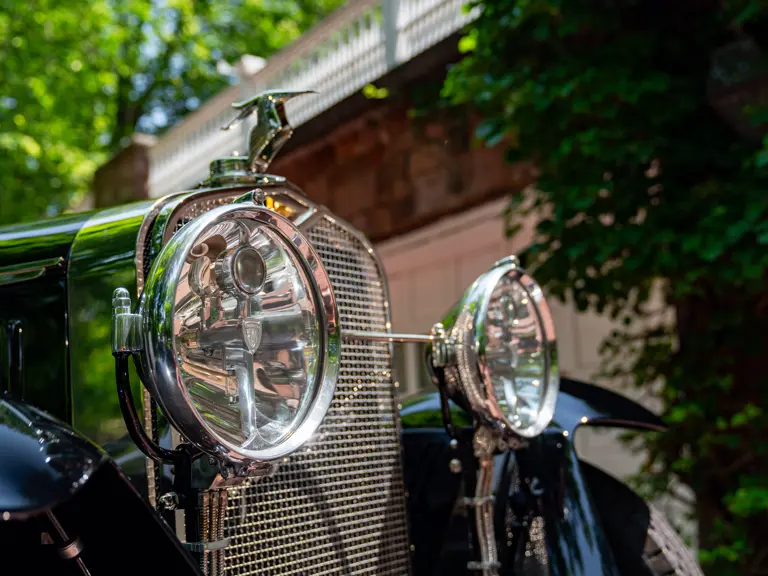
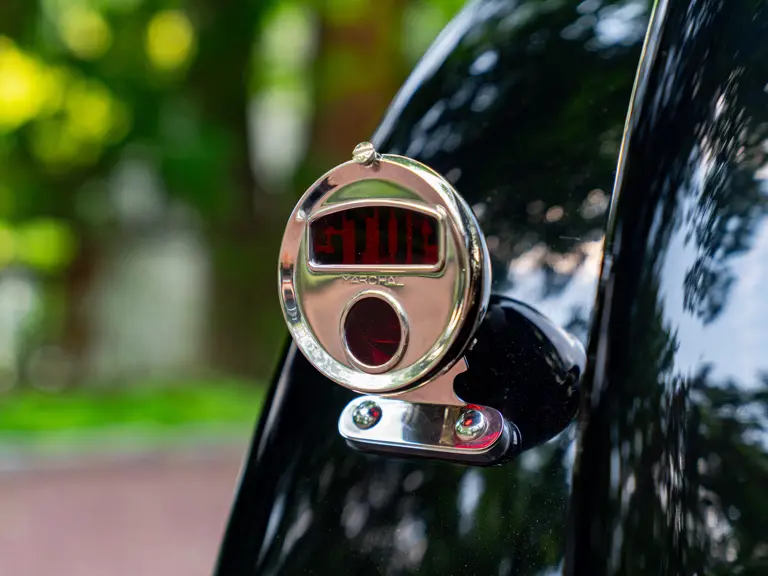
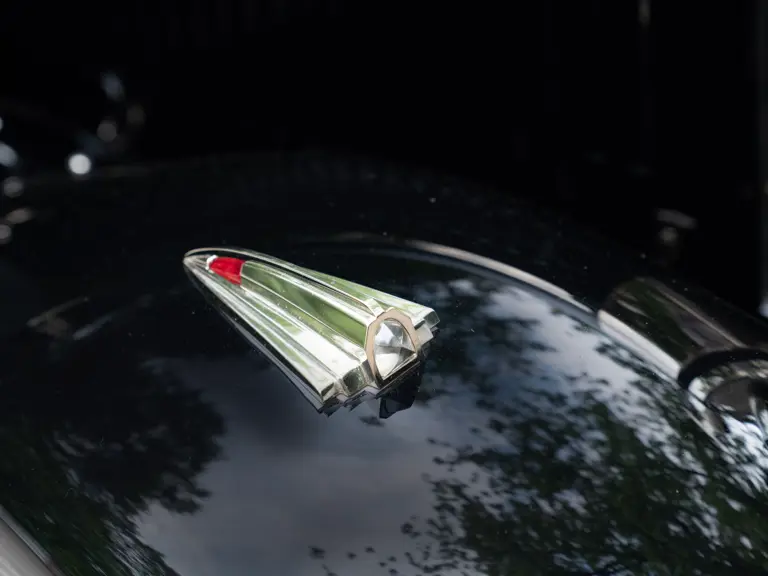
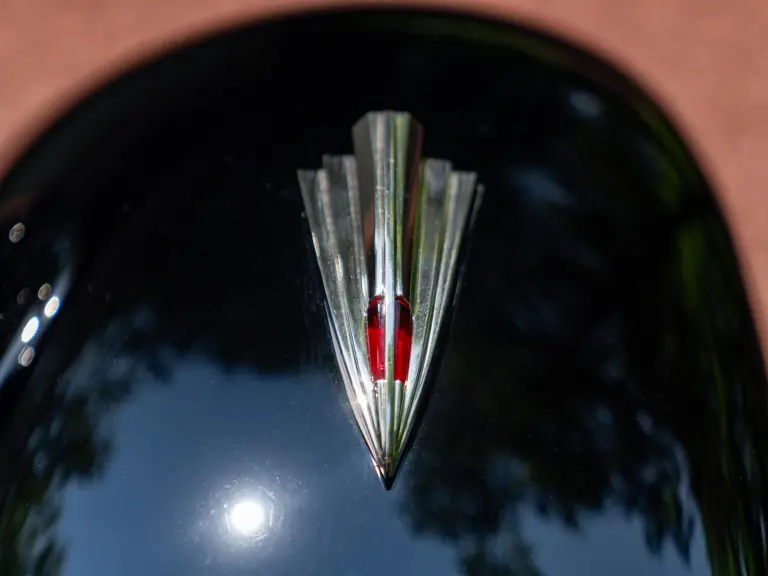
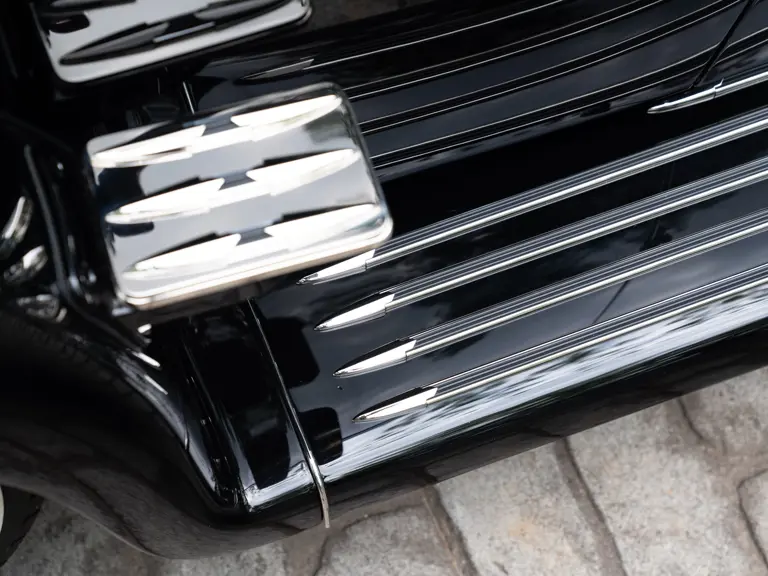
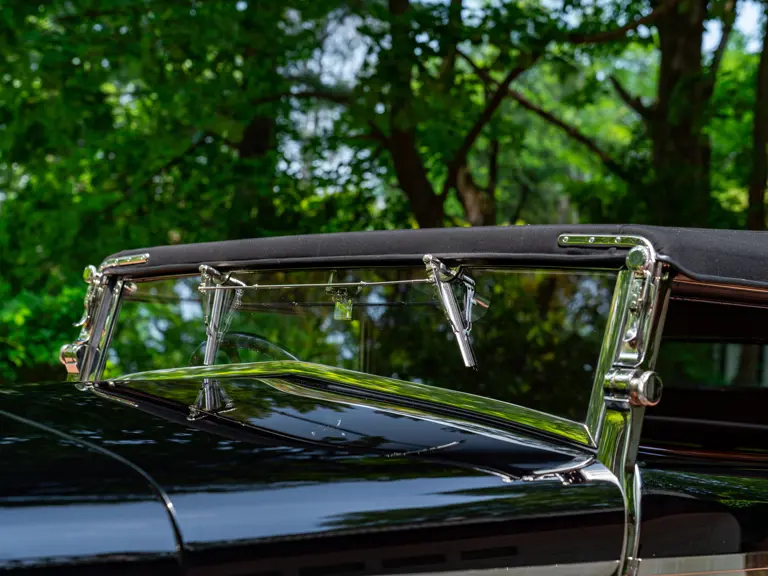
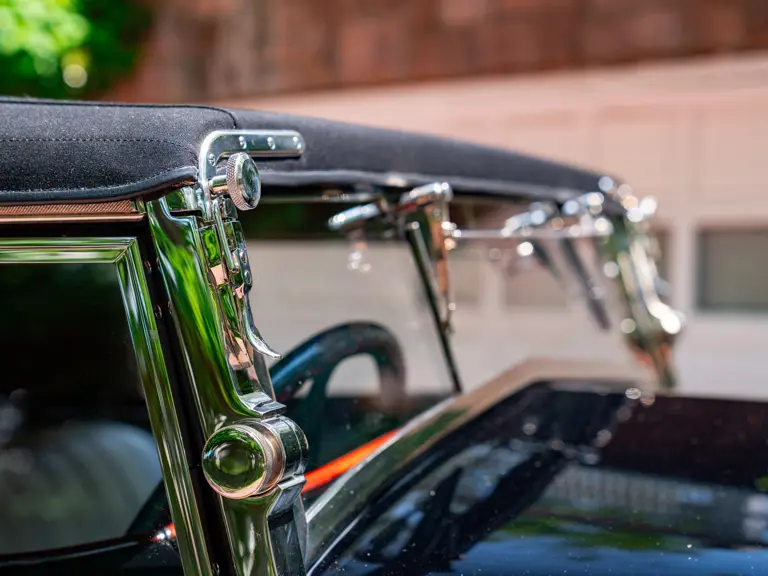
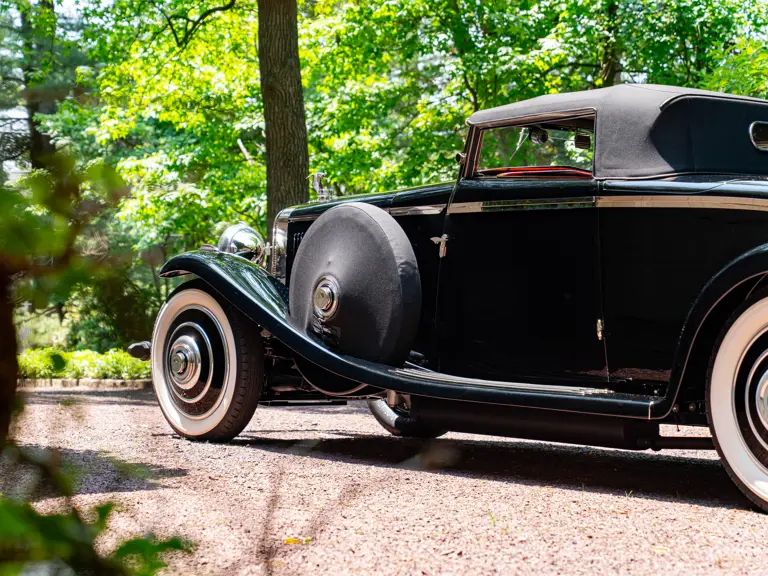
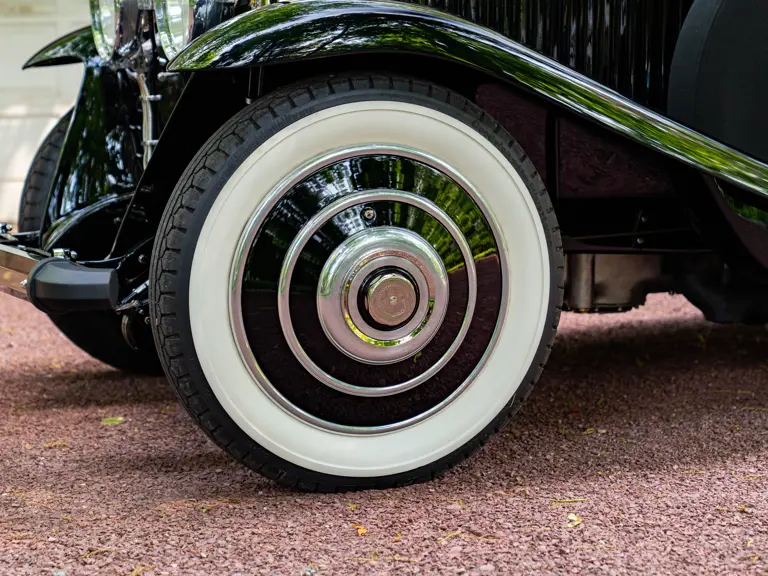
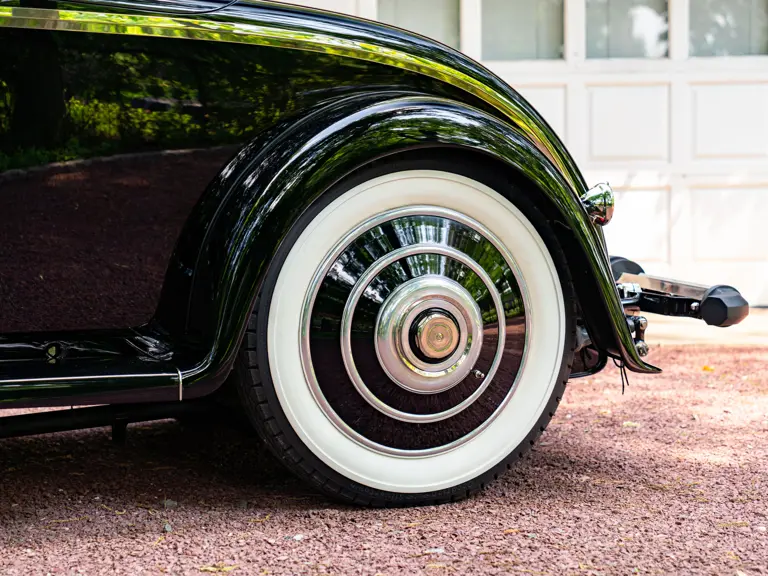
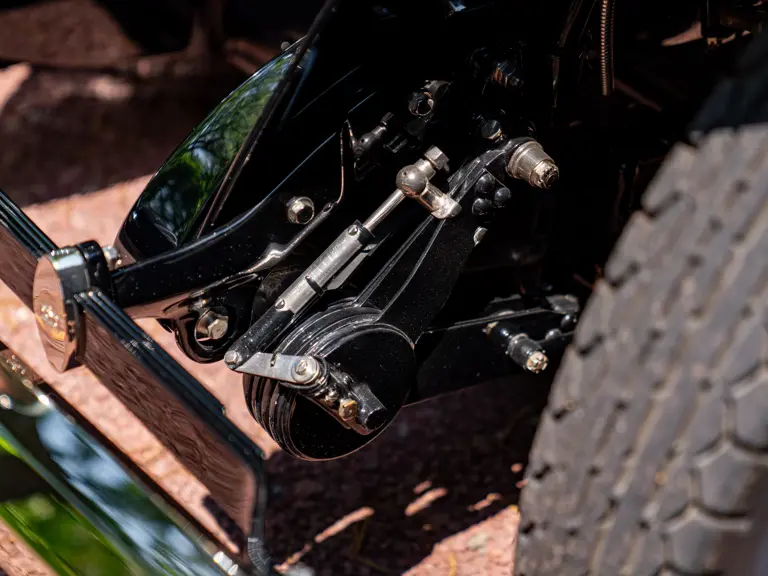
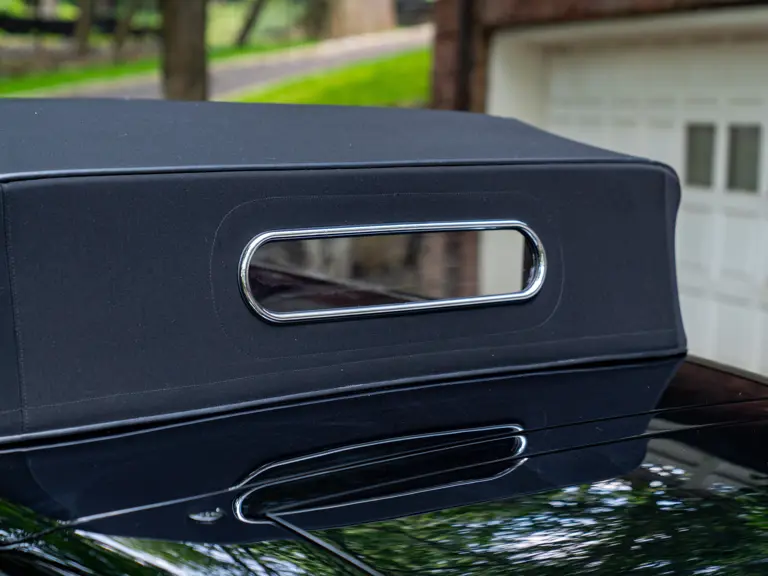
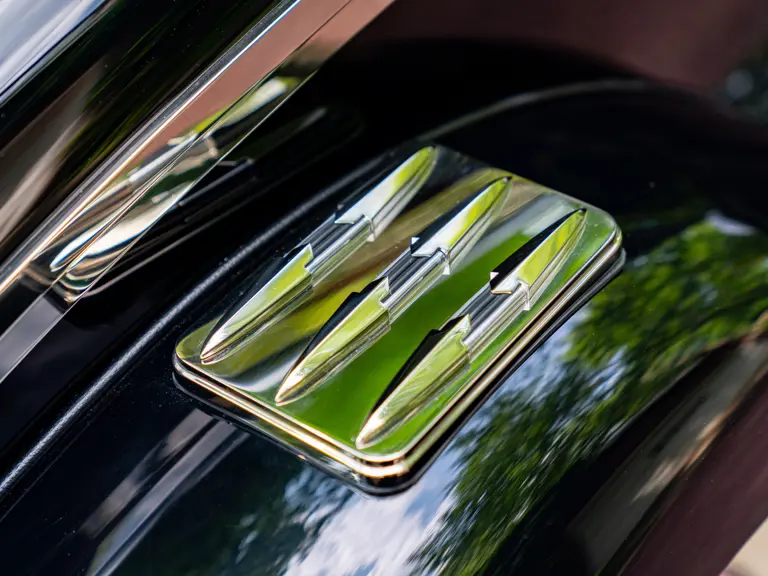
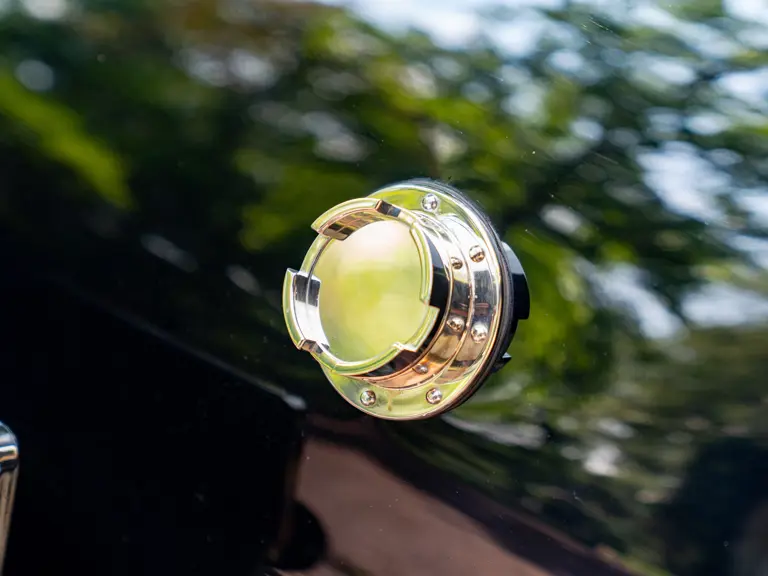
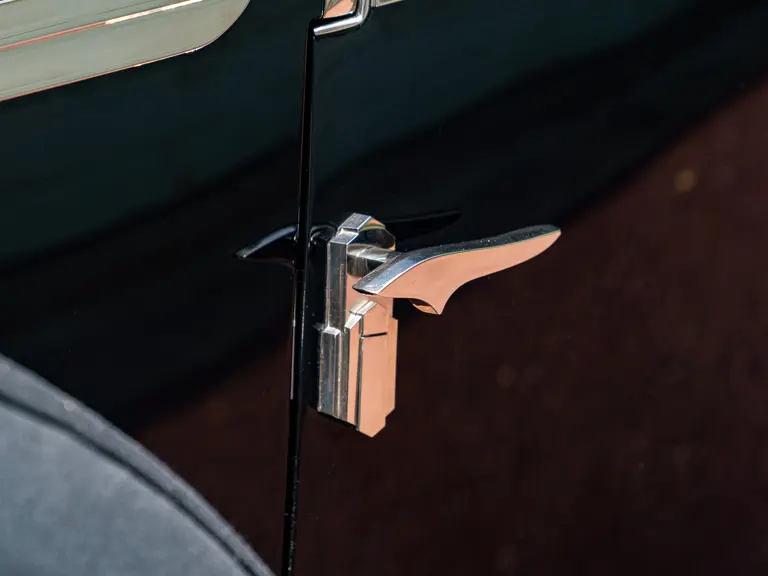
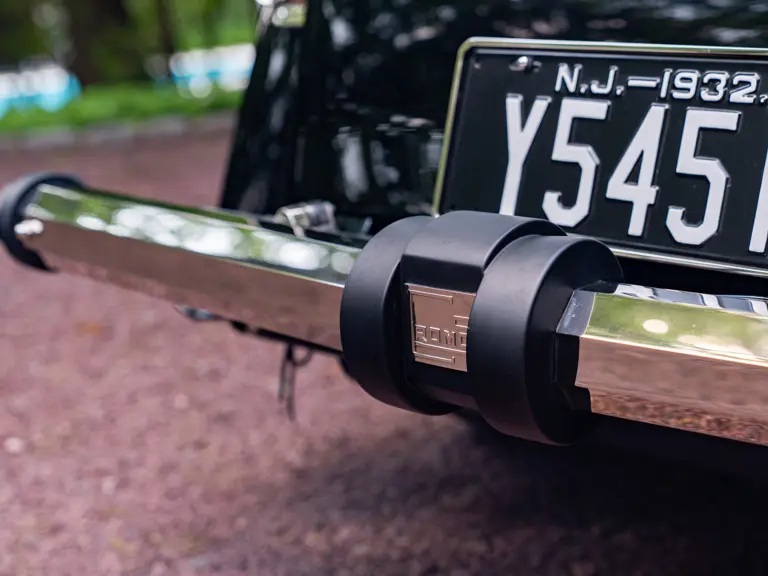
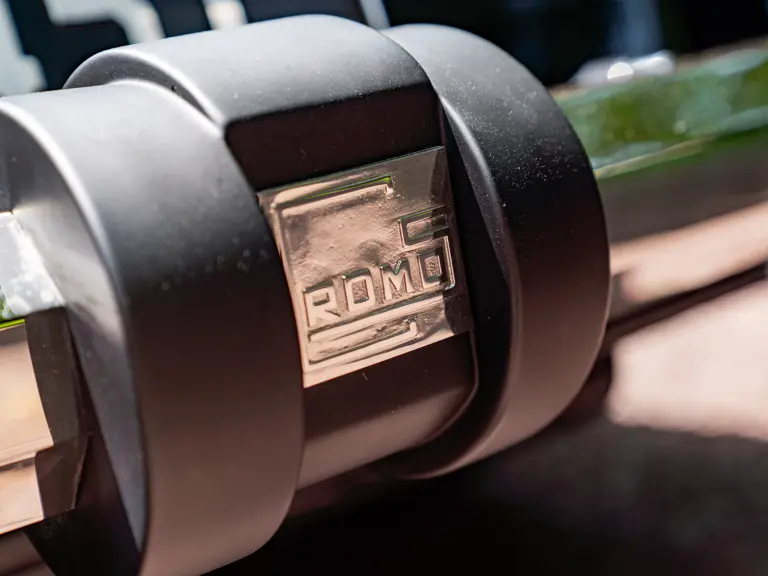
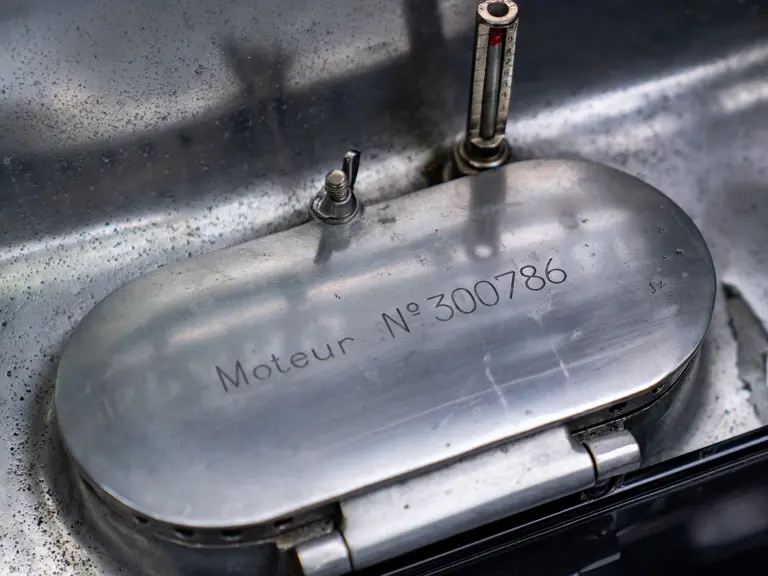
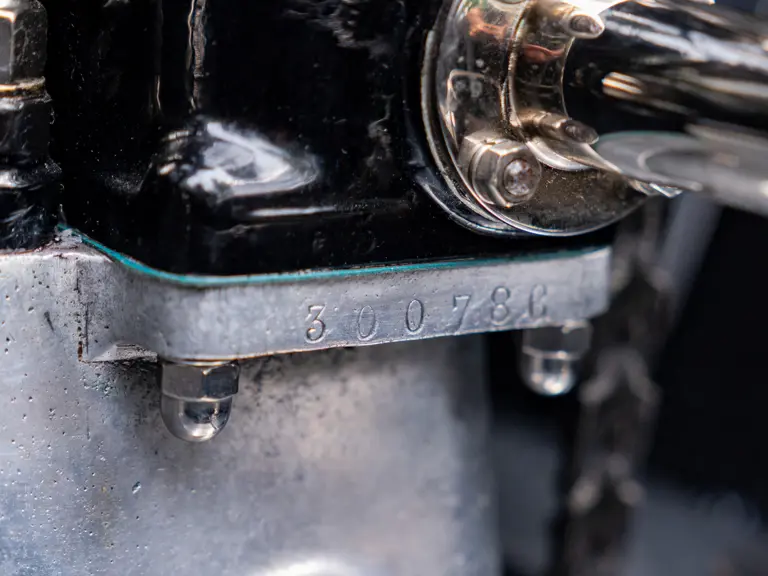
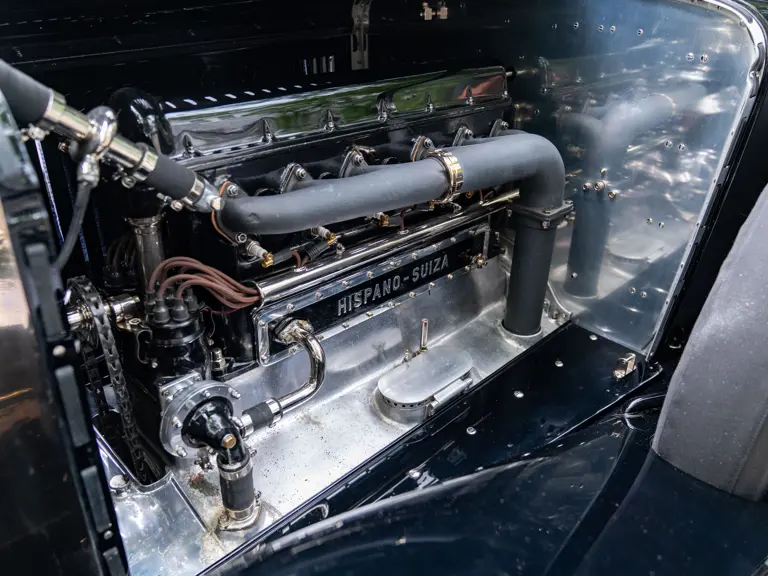
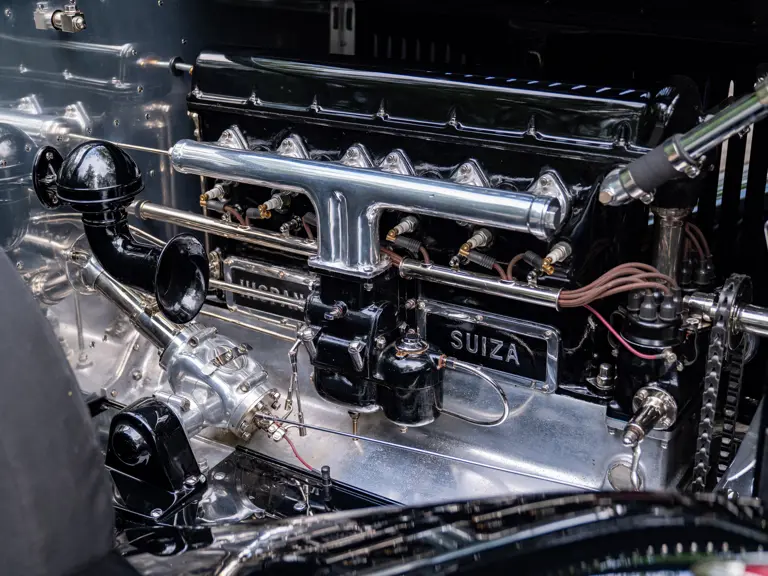
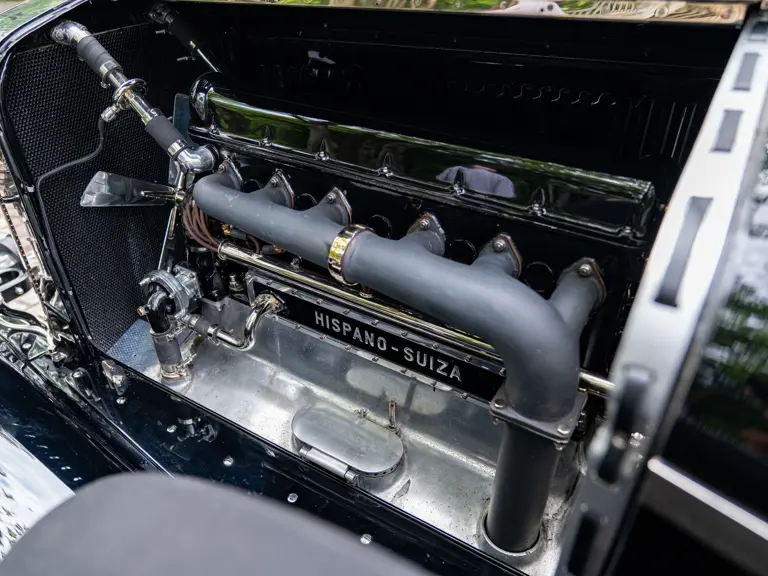
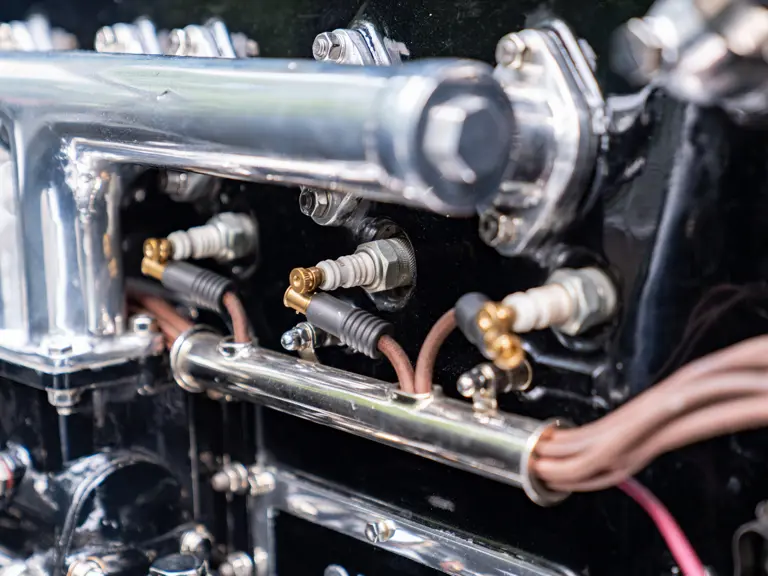
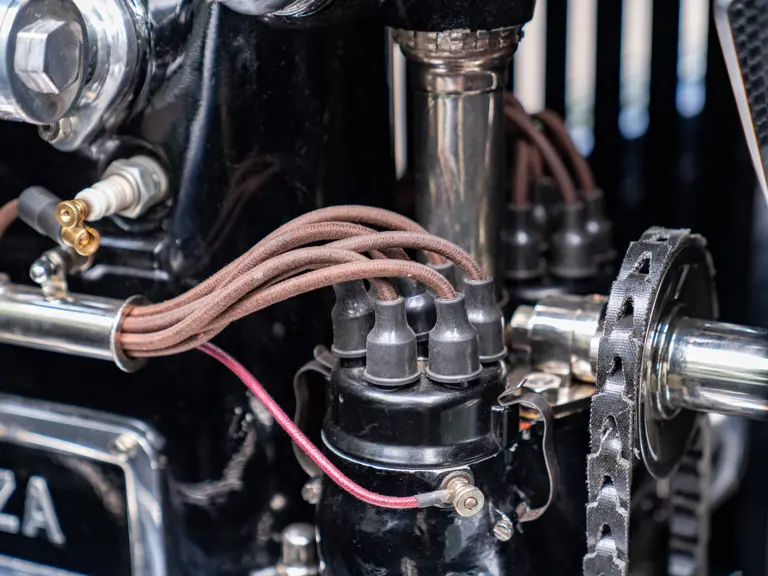
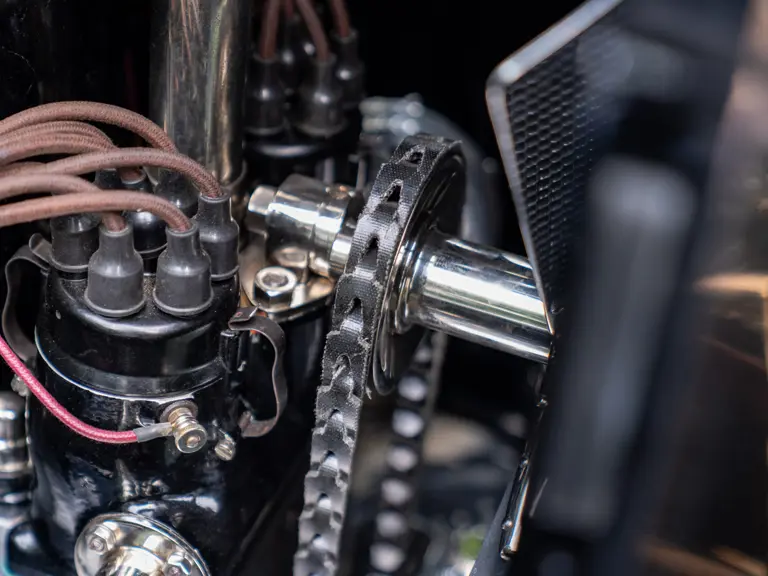
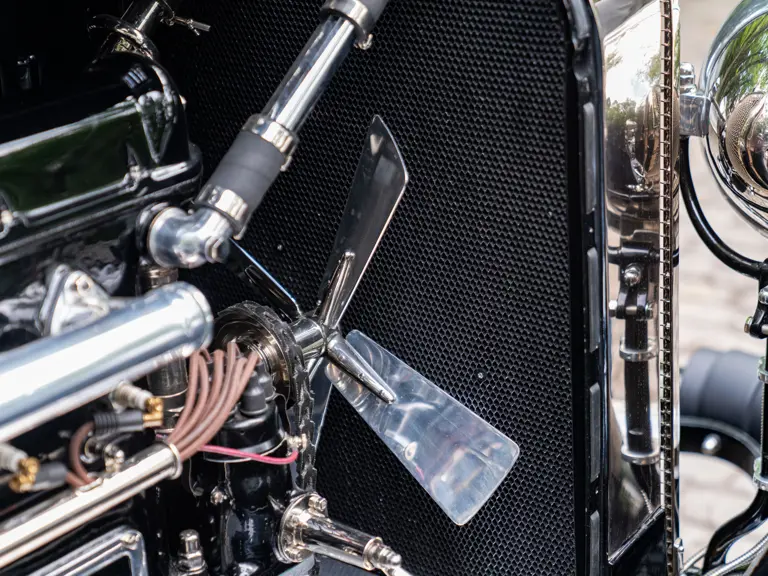
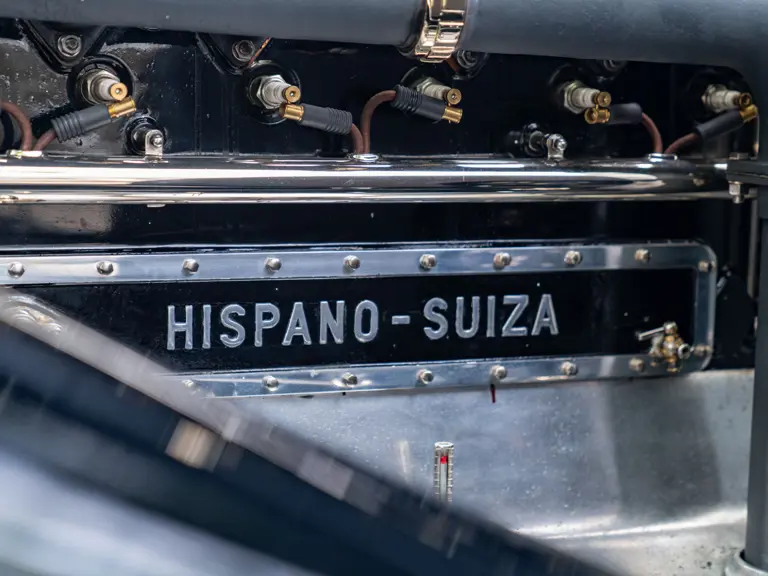
 | Monterey, California
| Monterey, California
